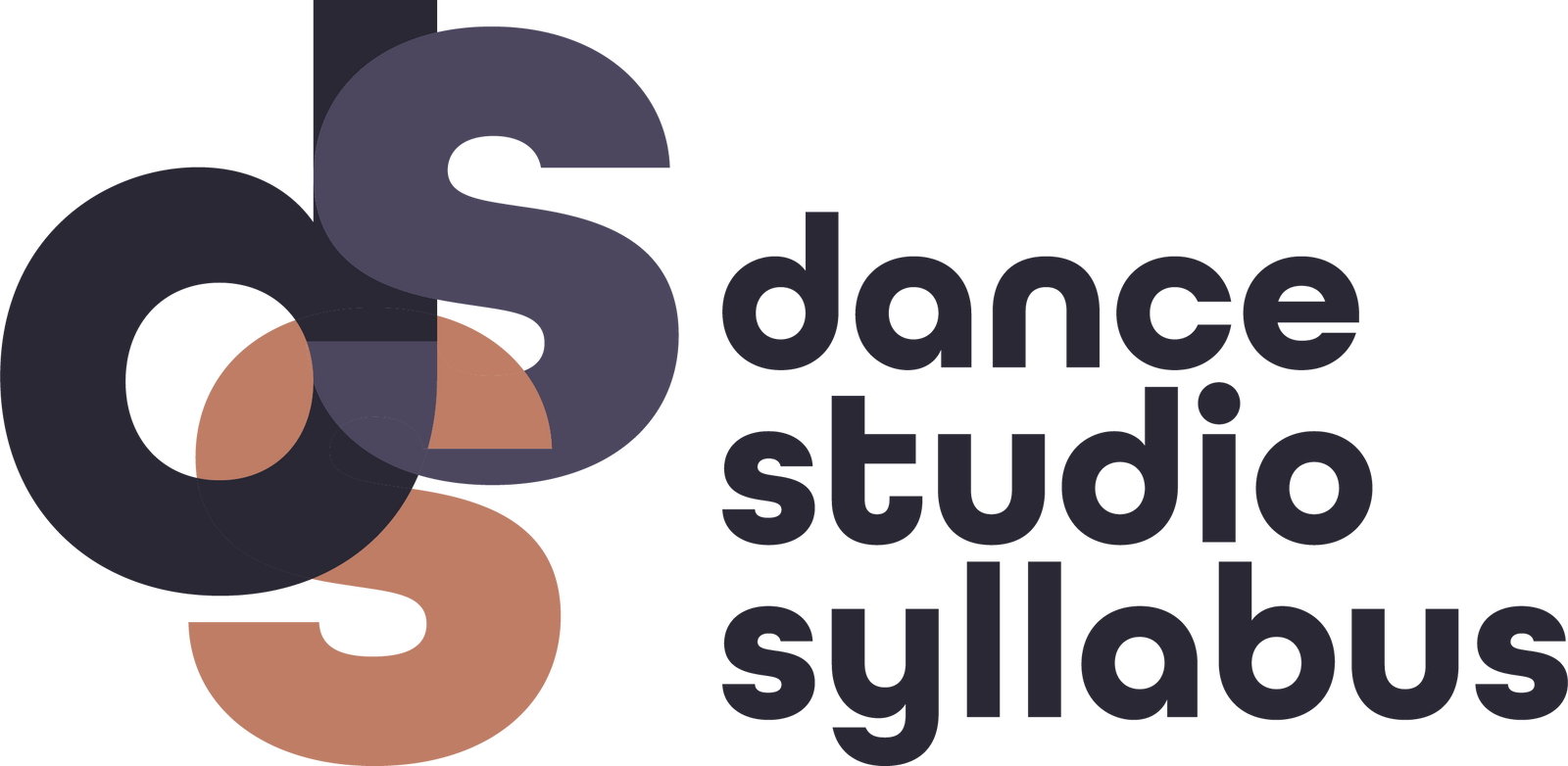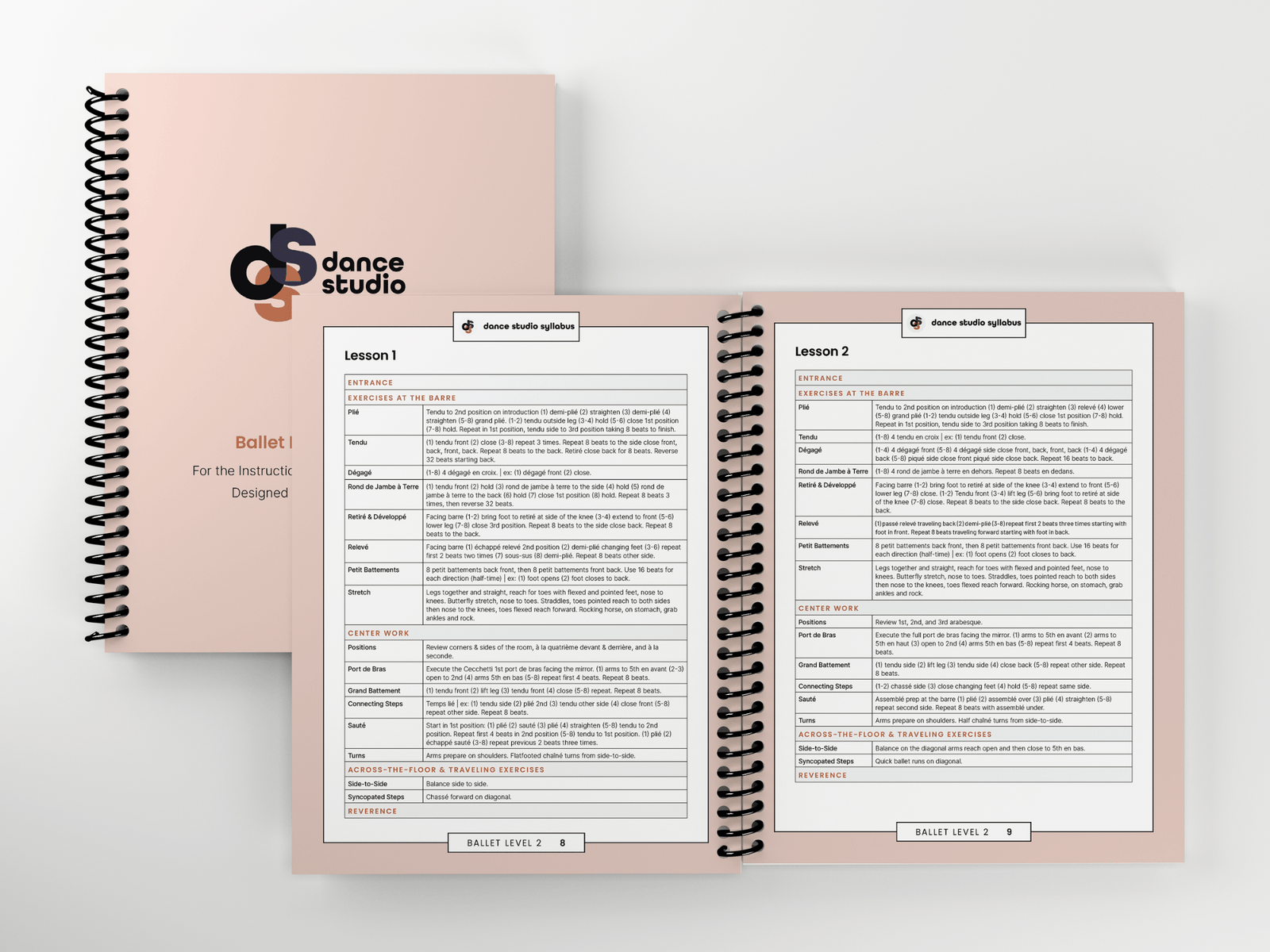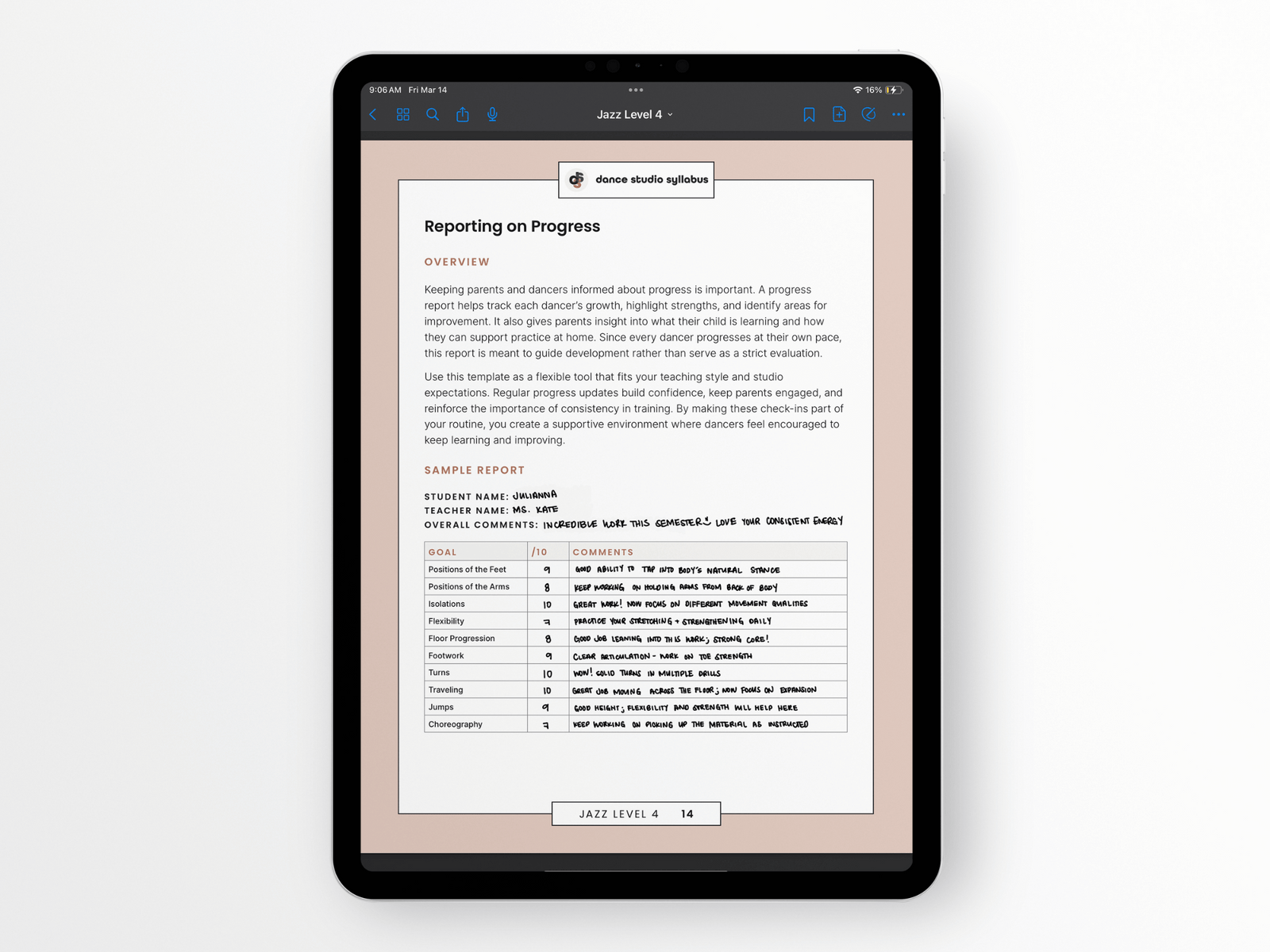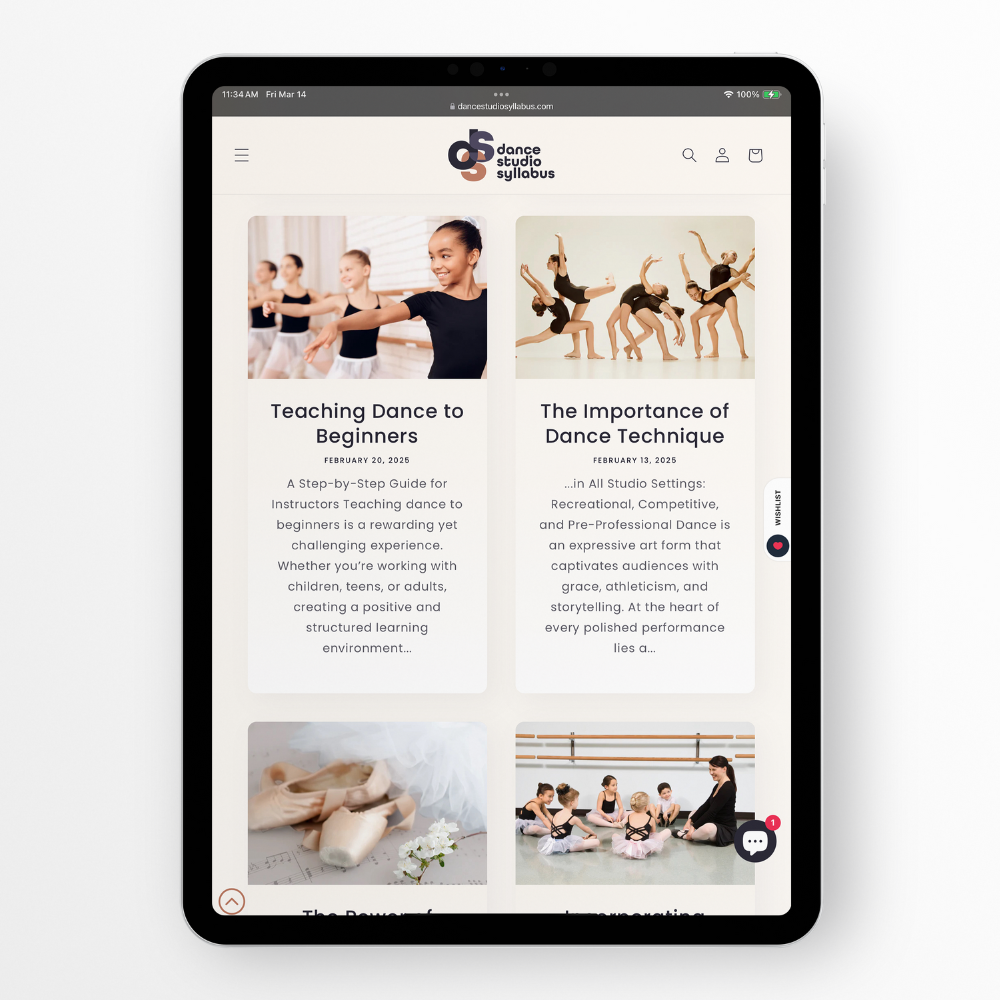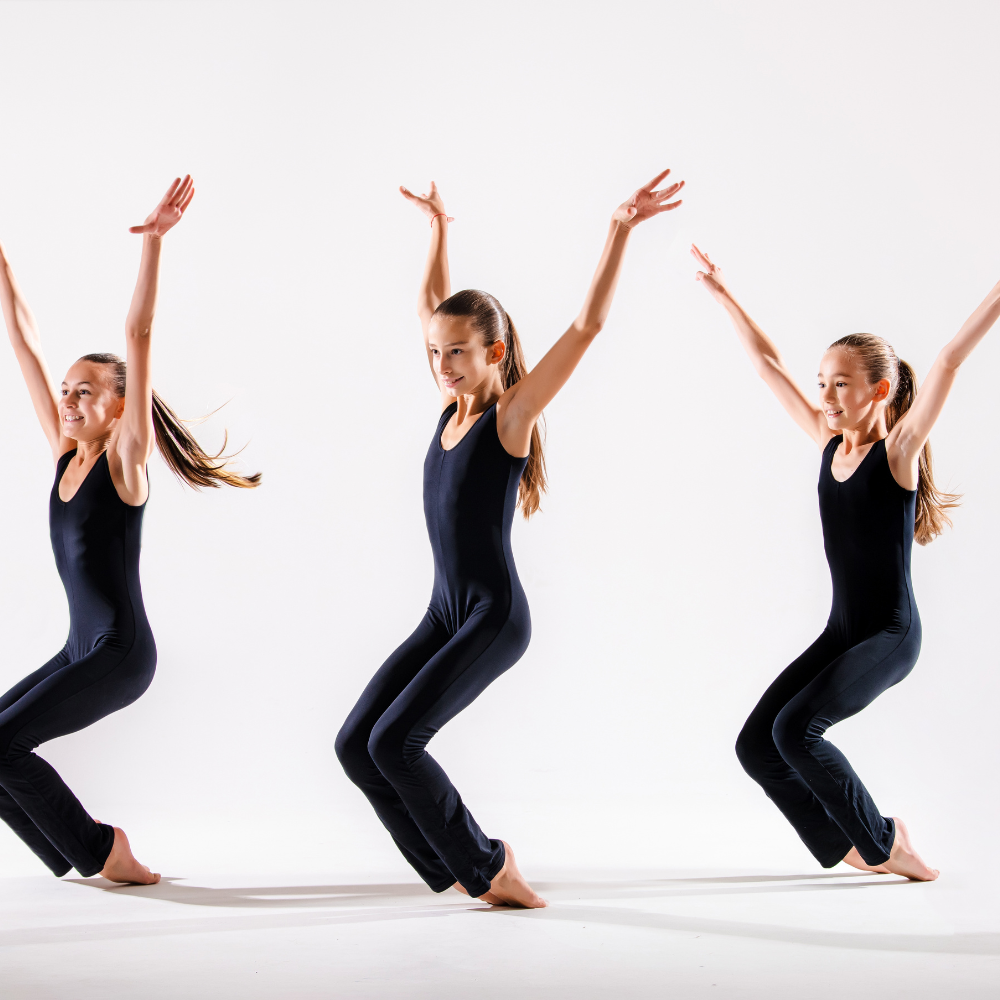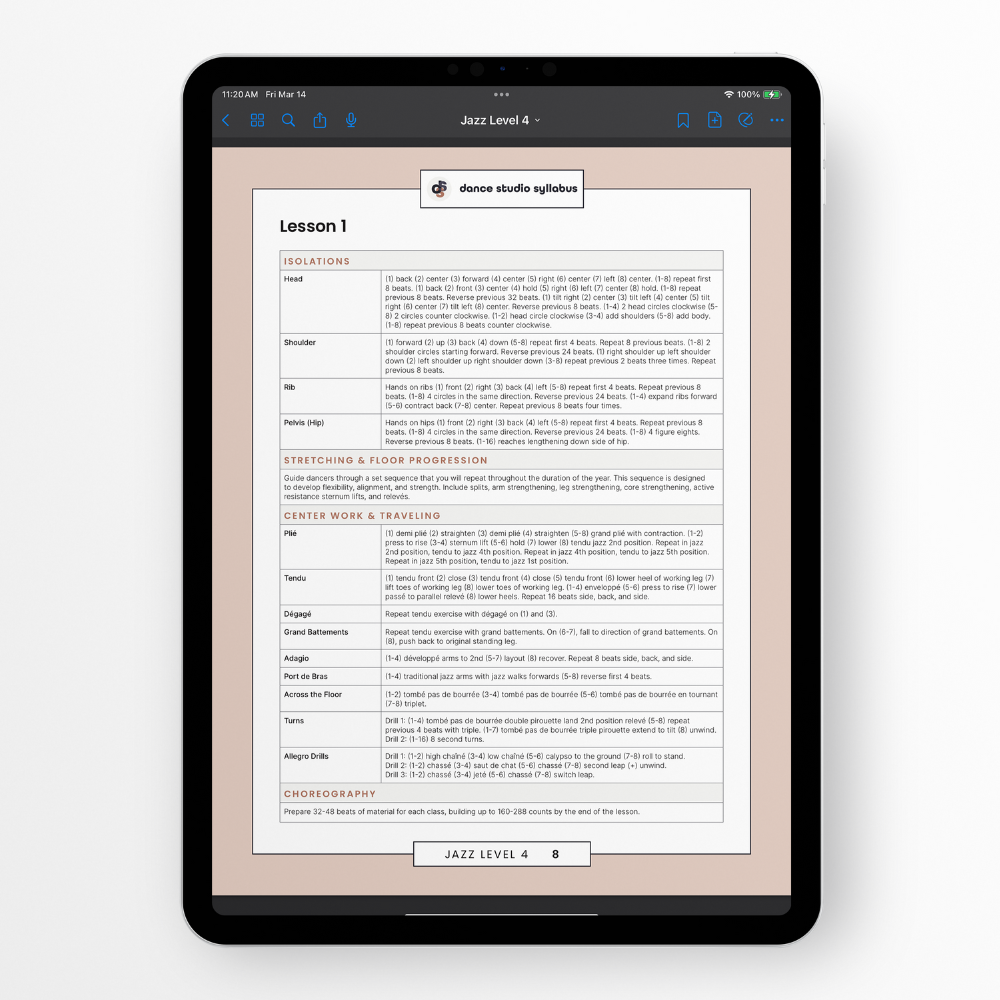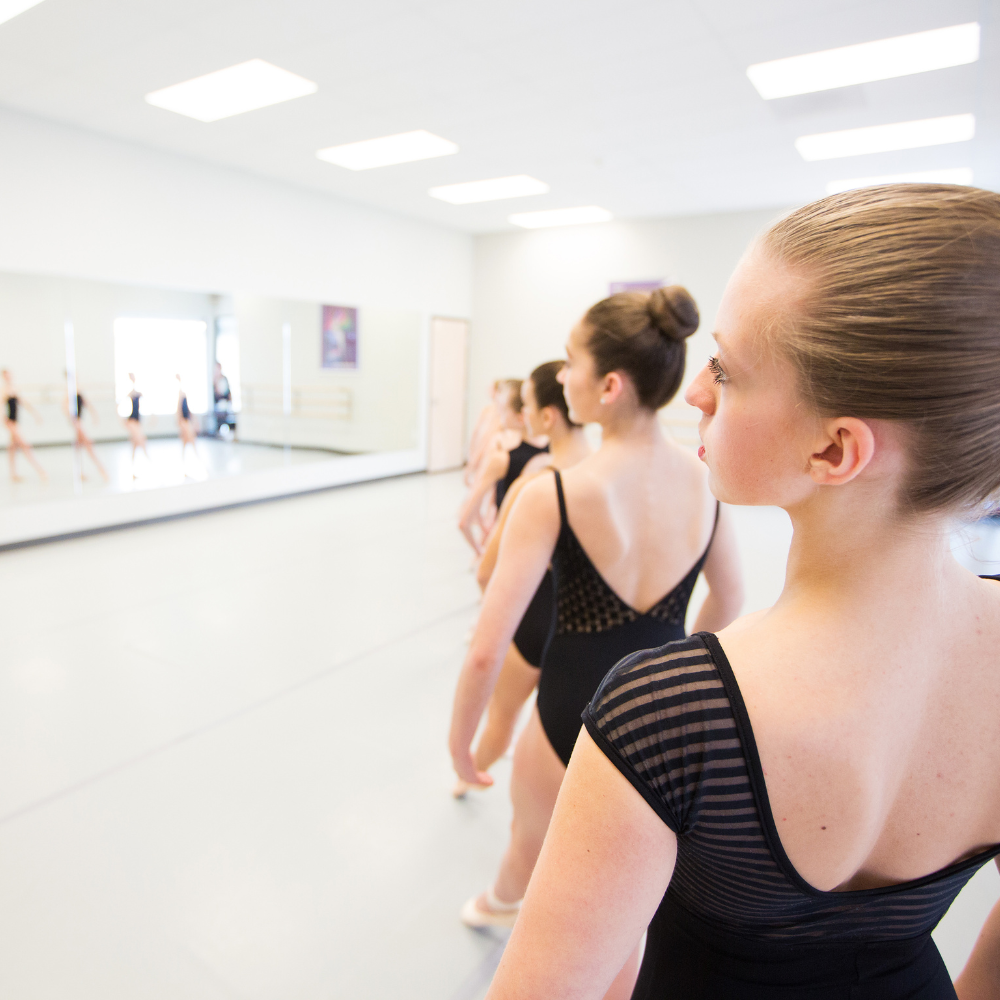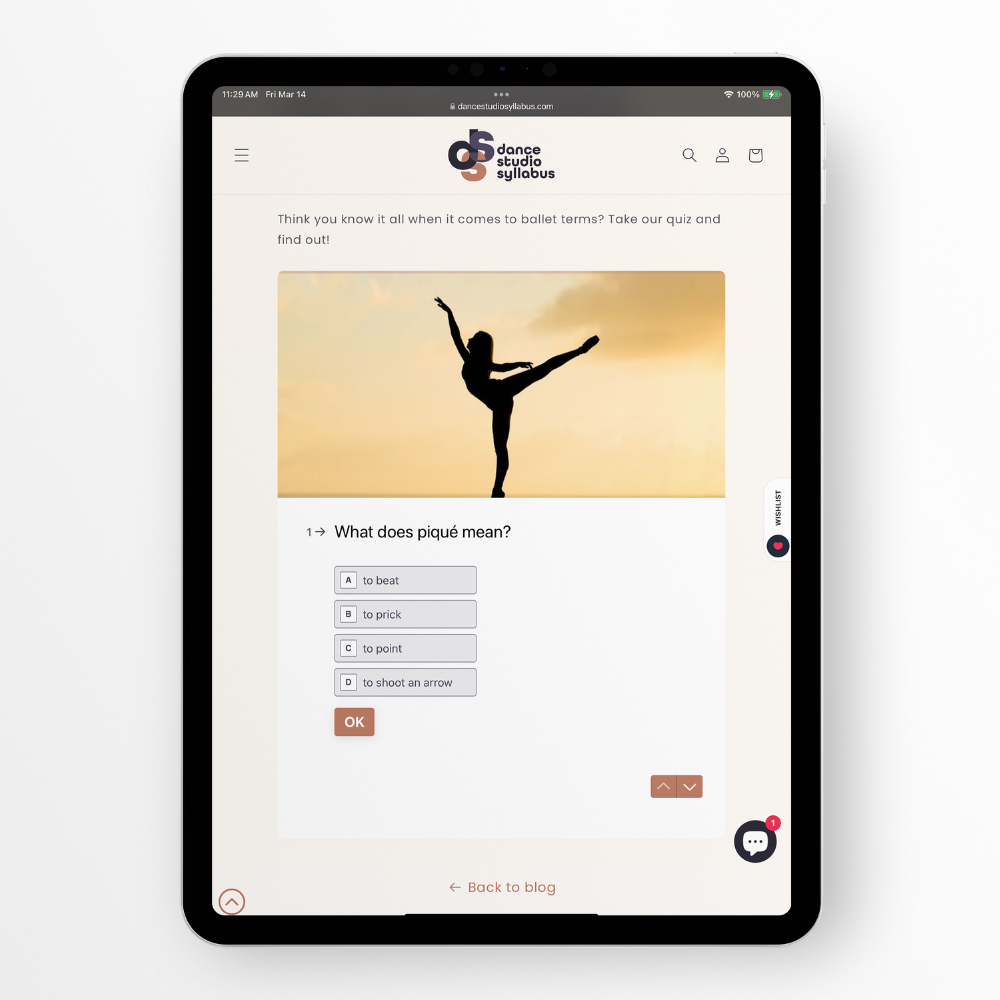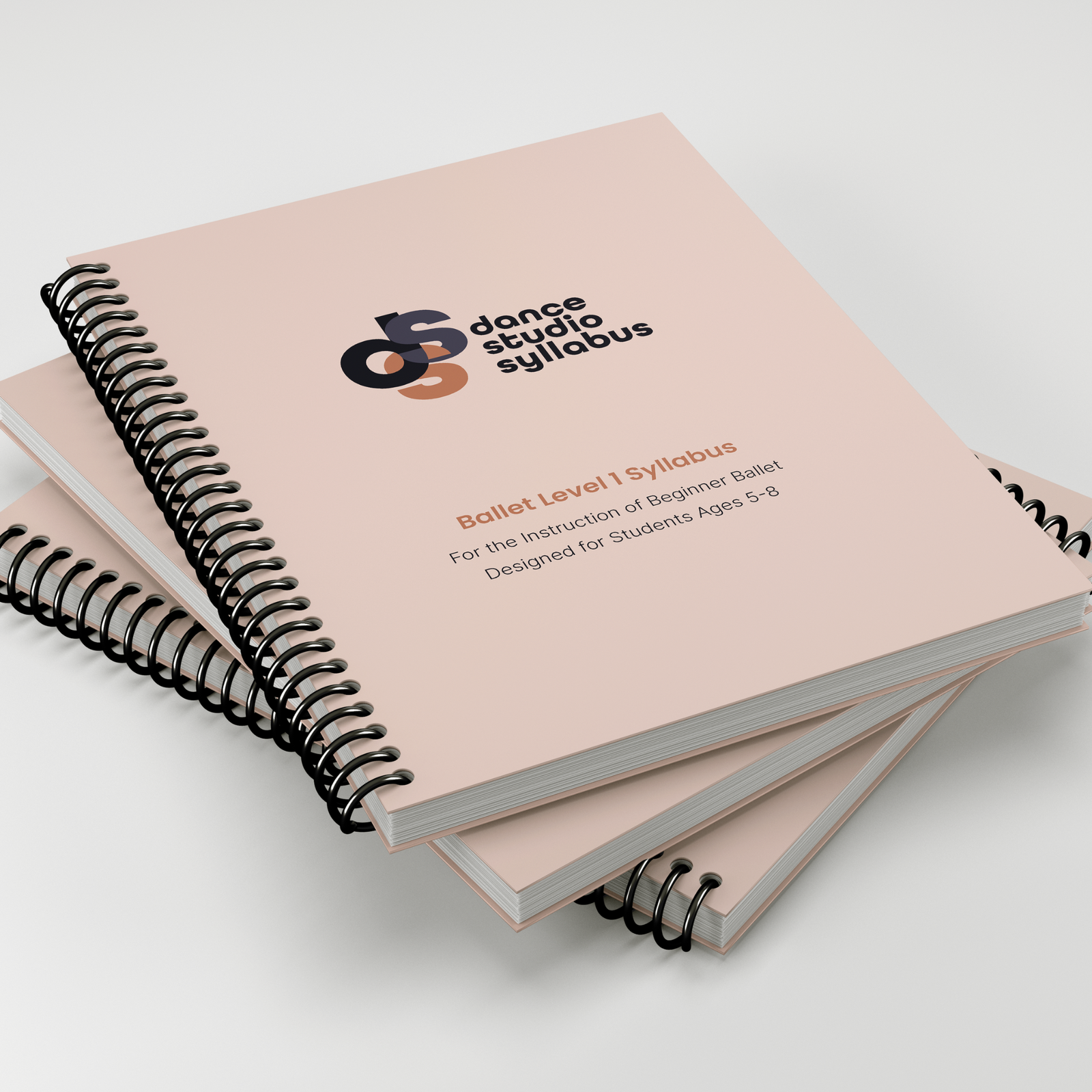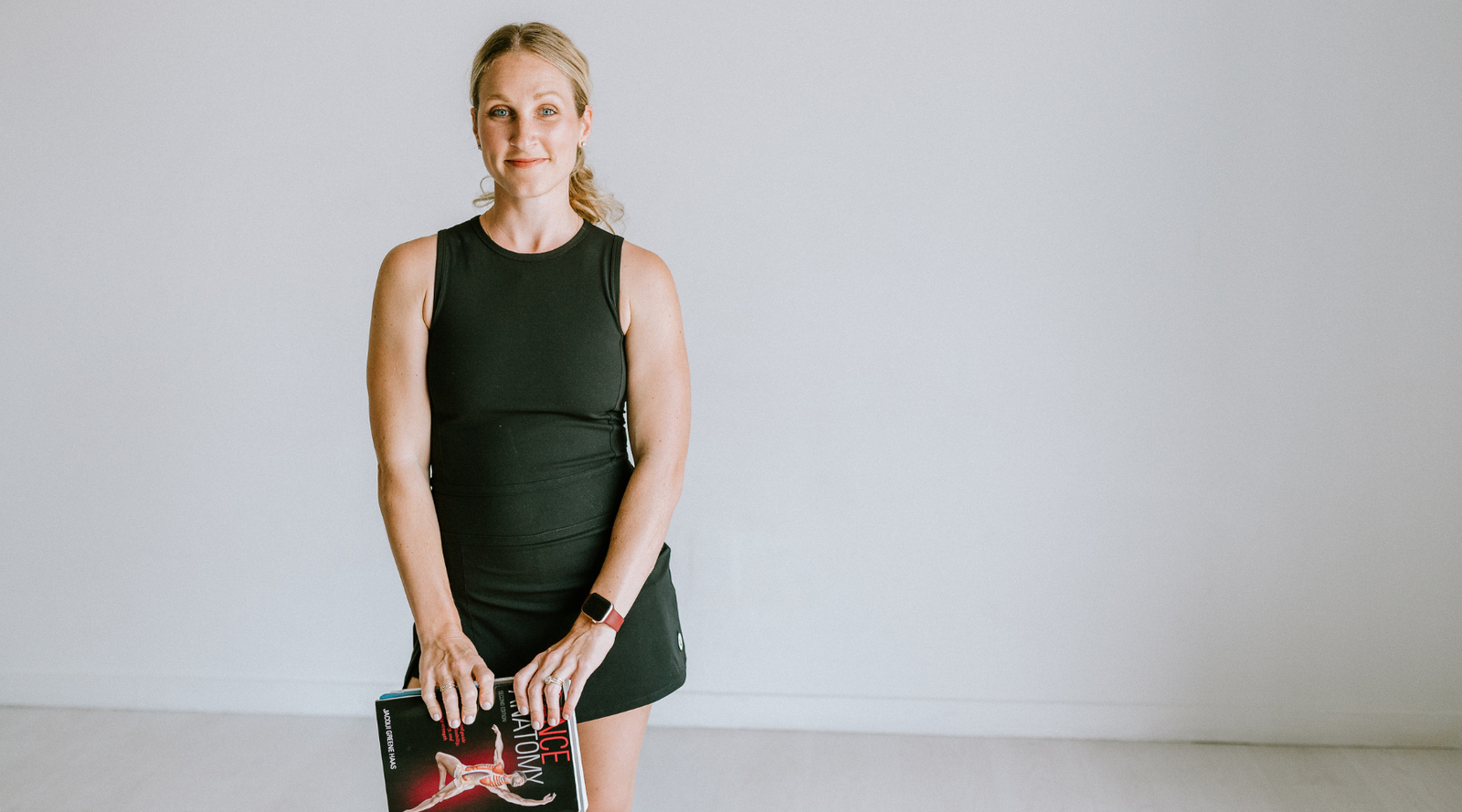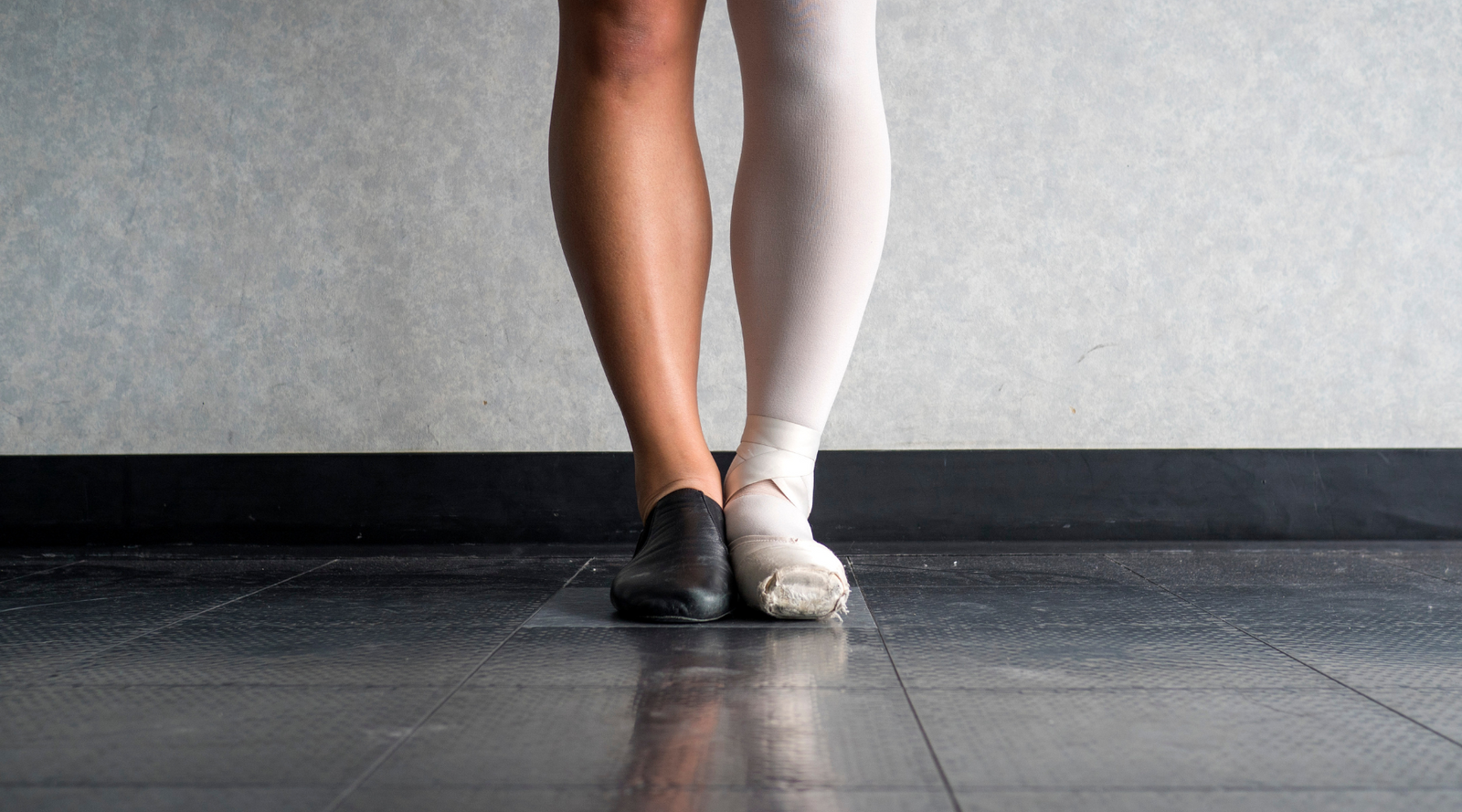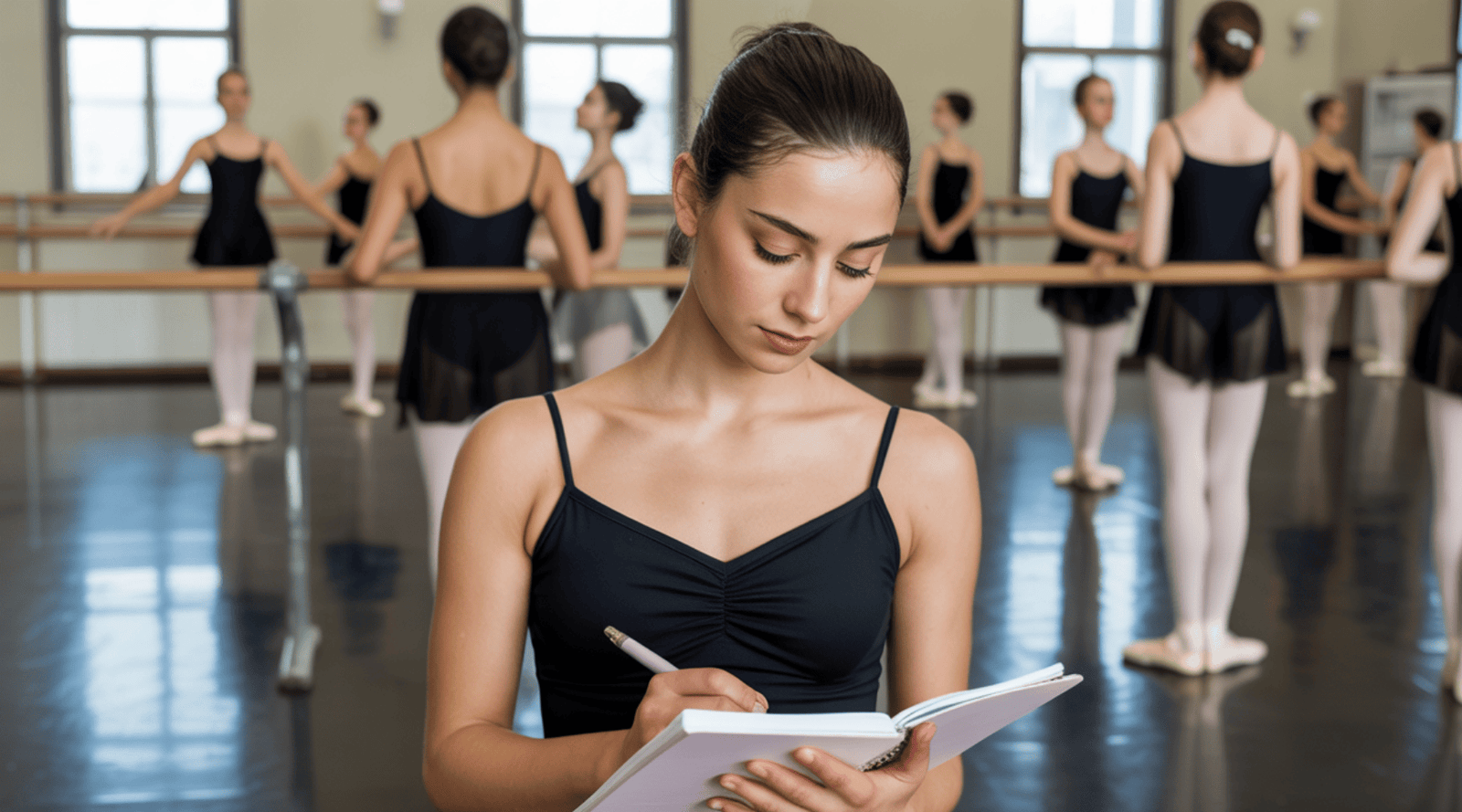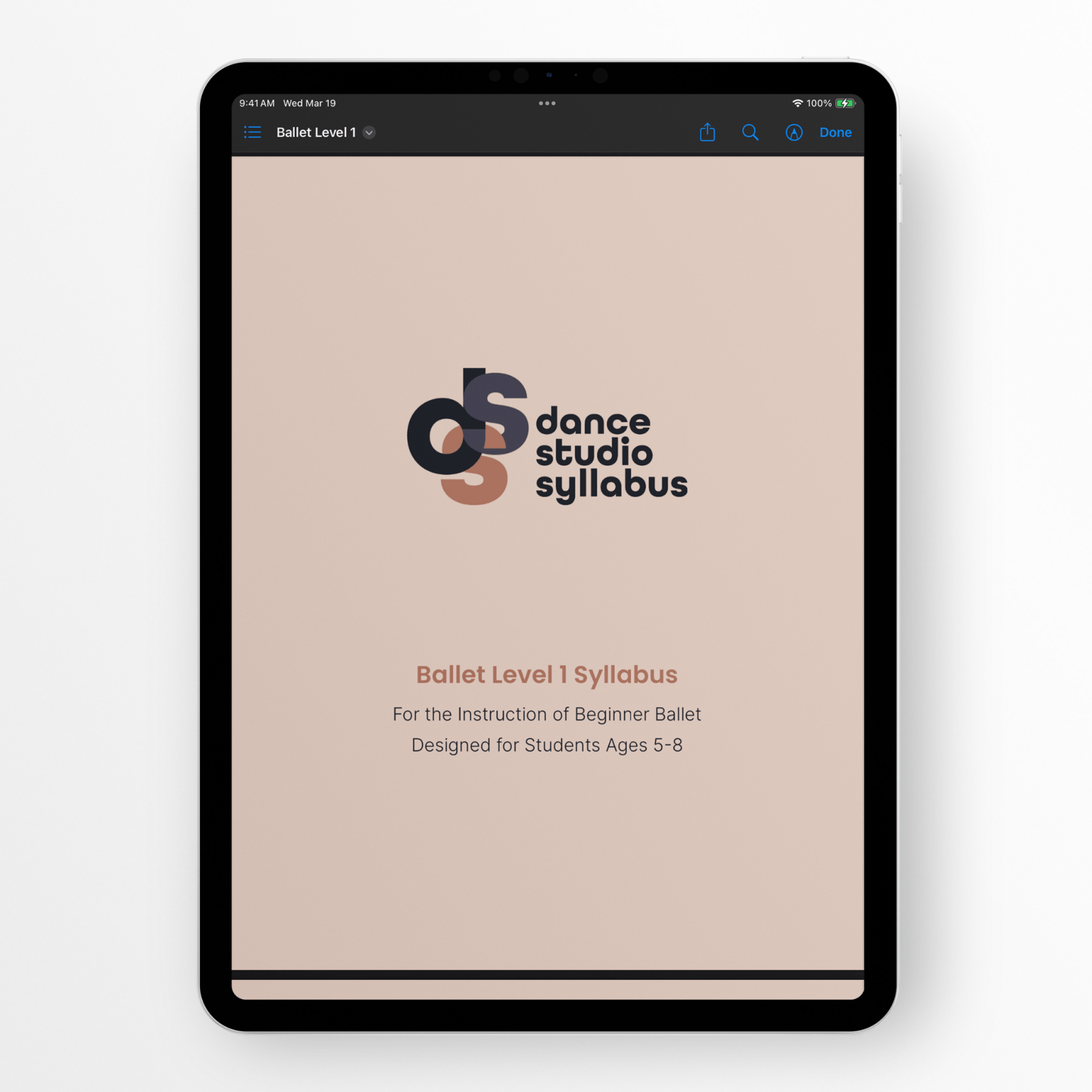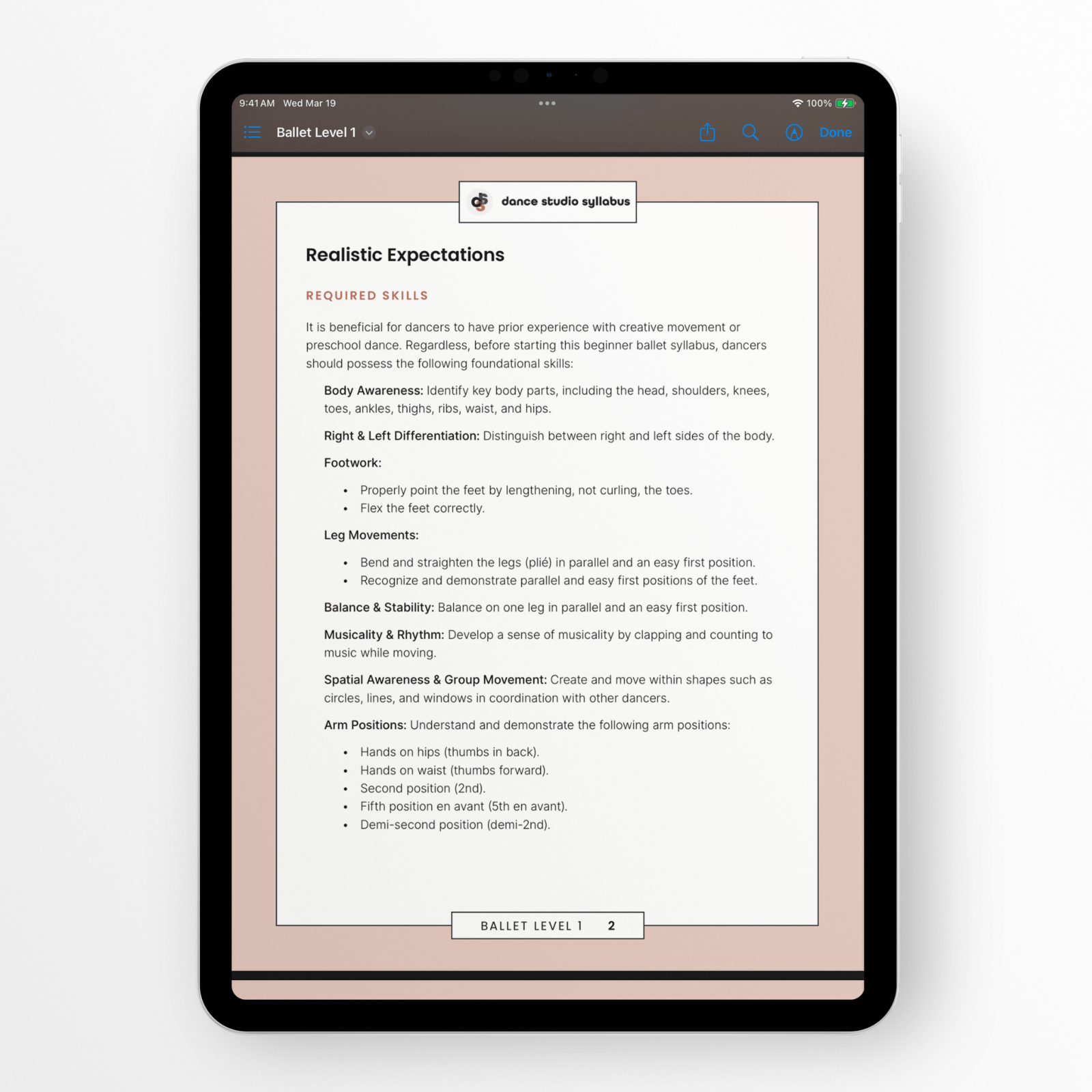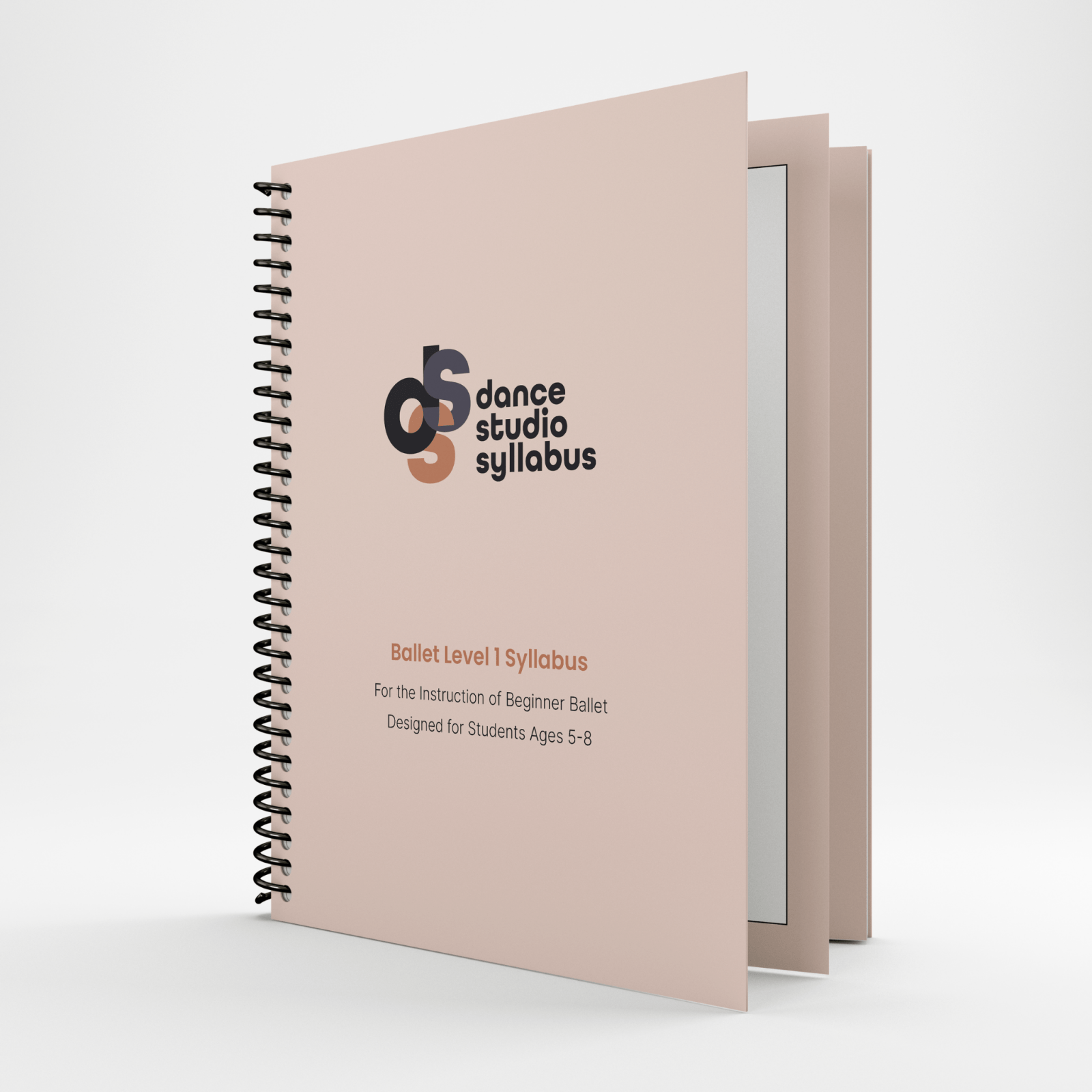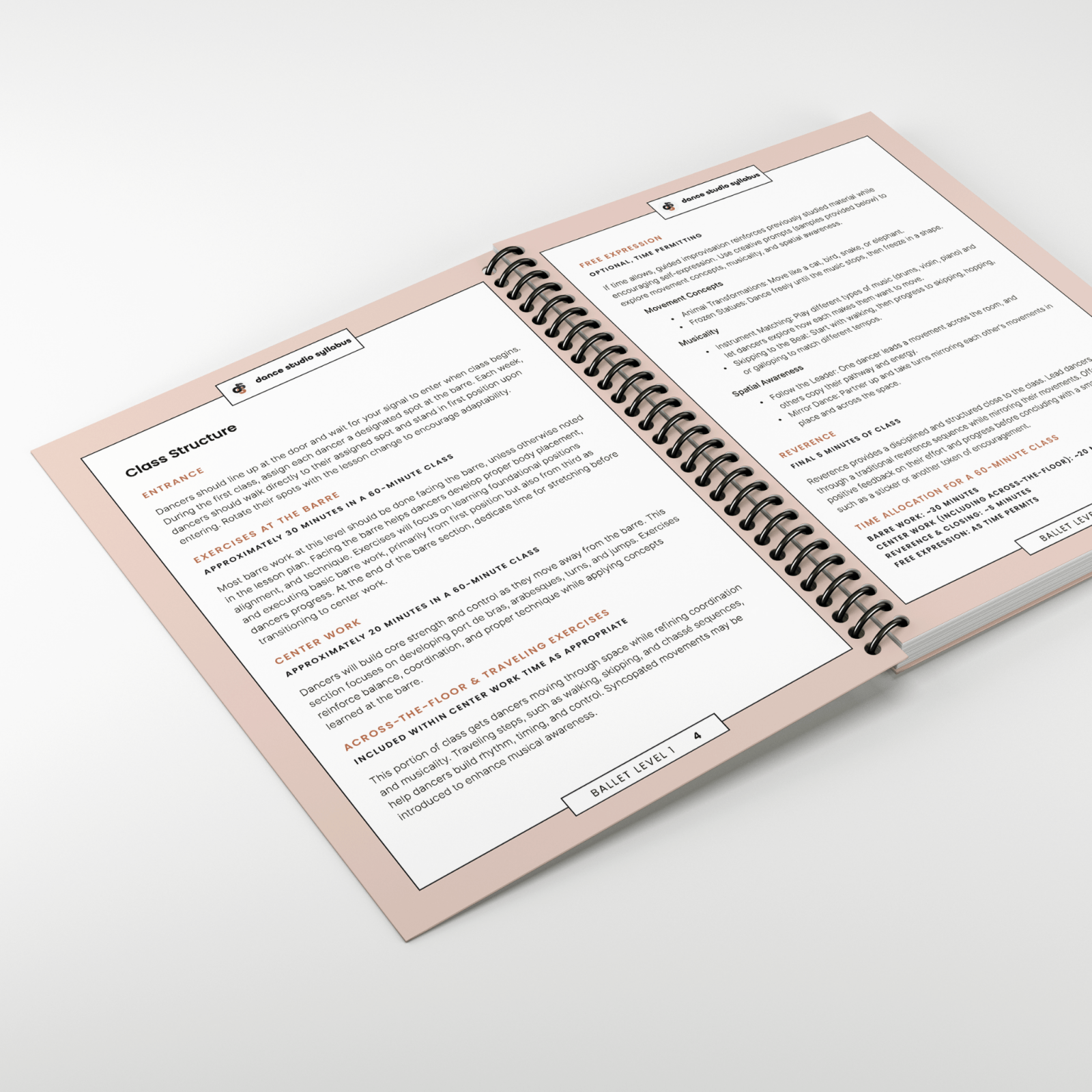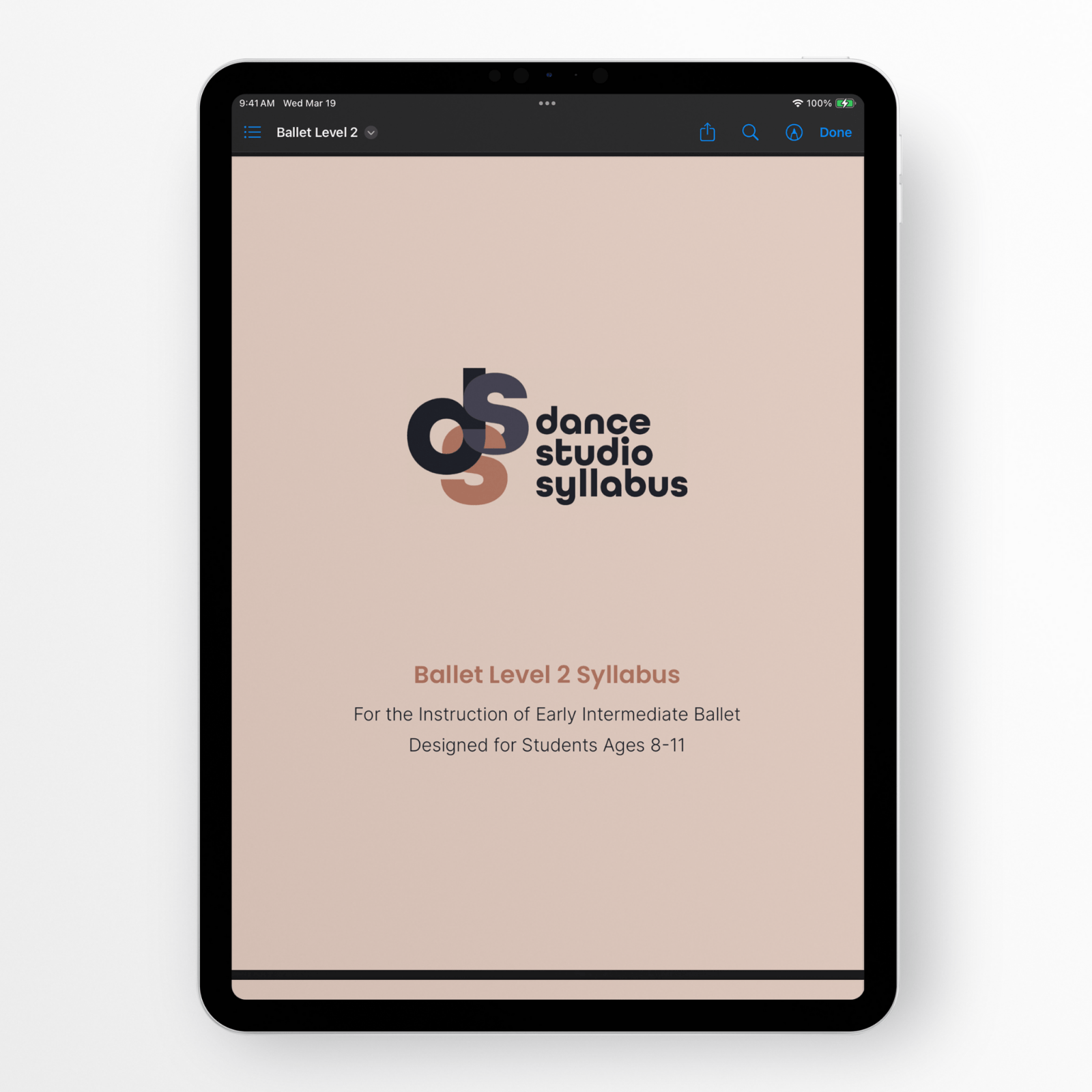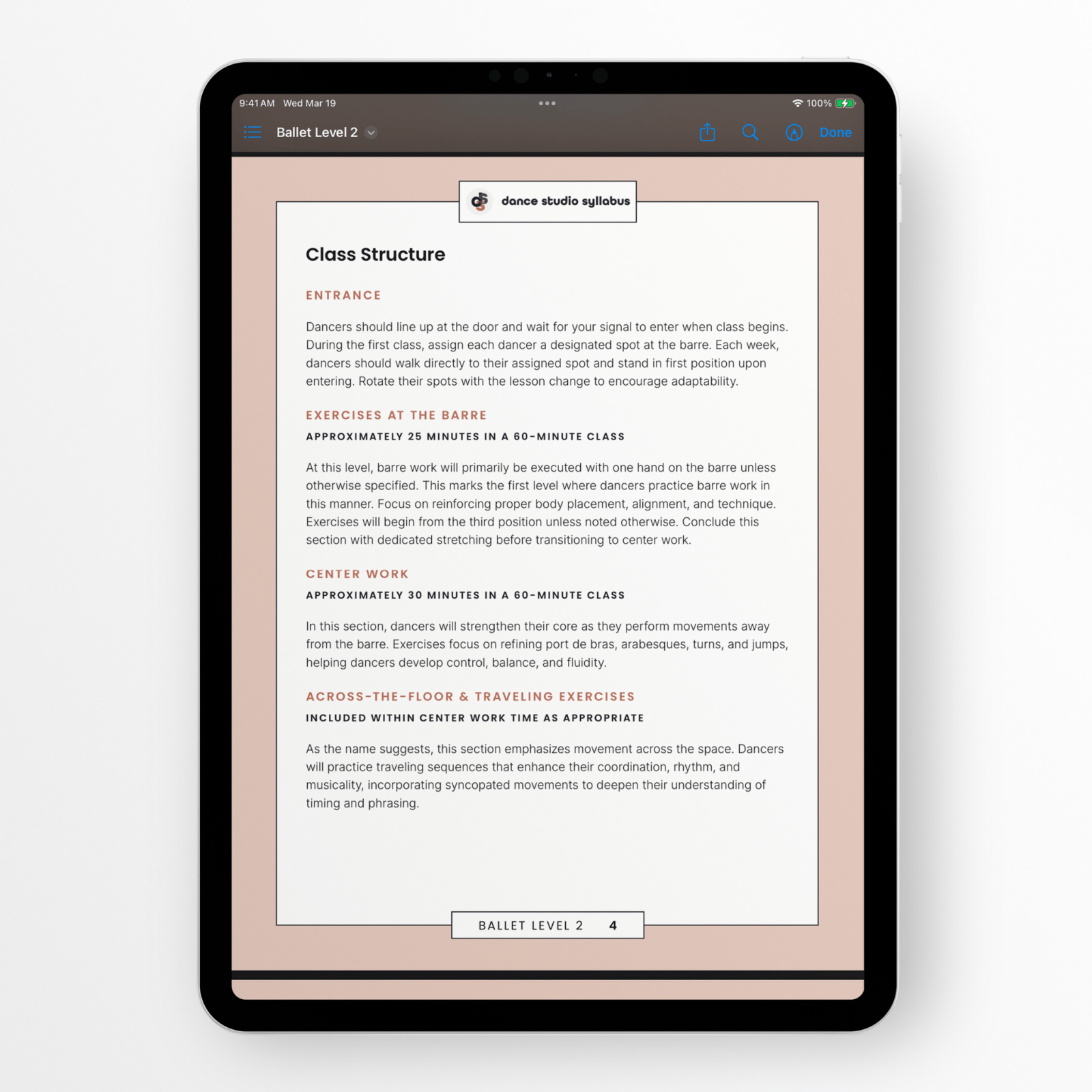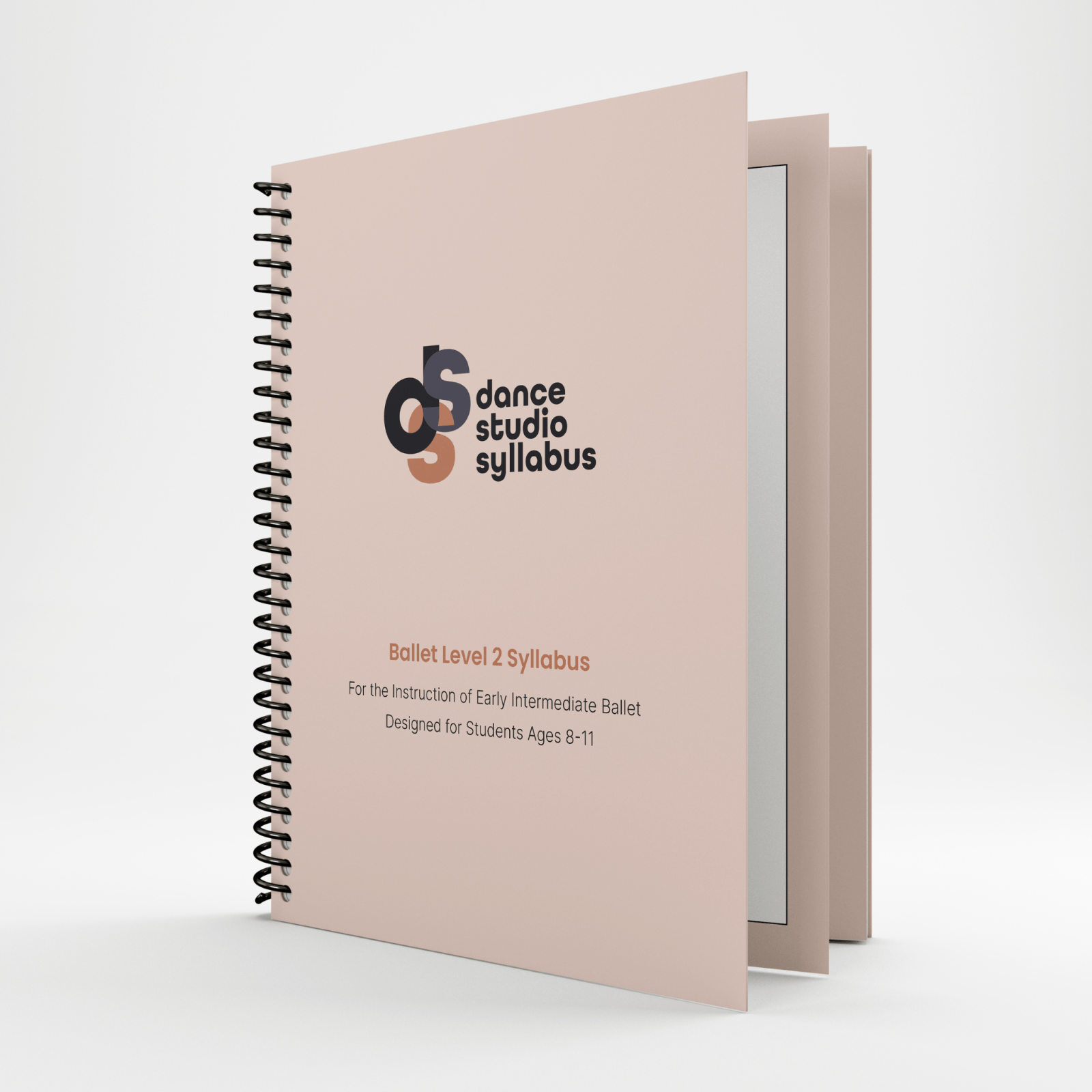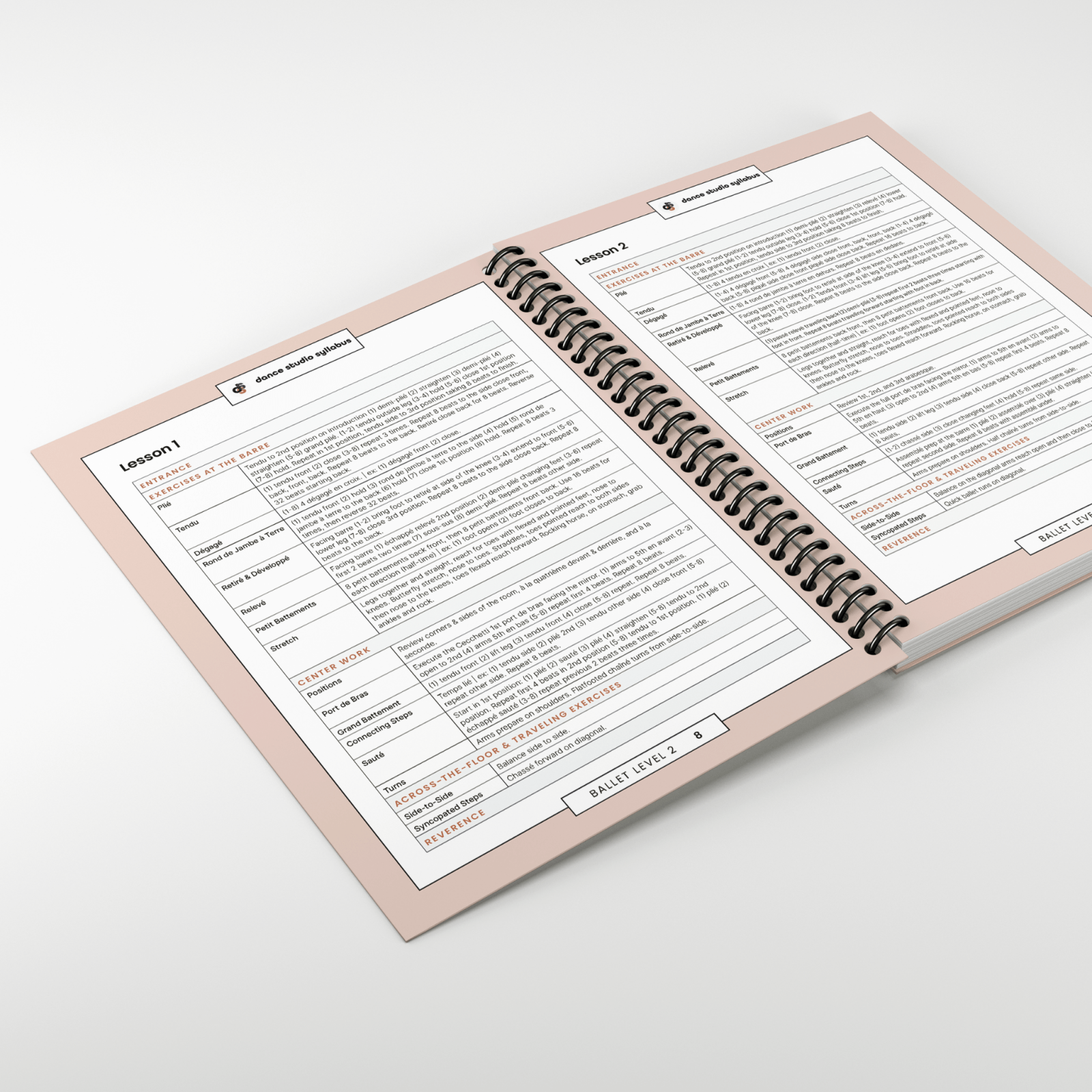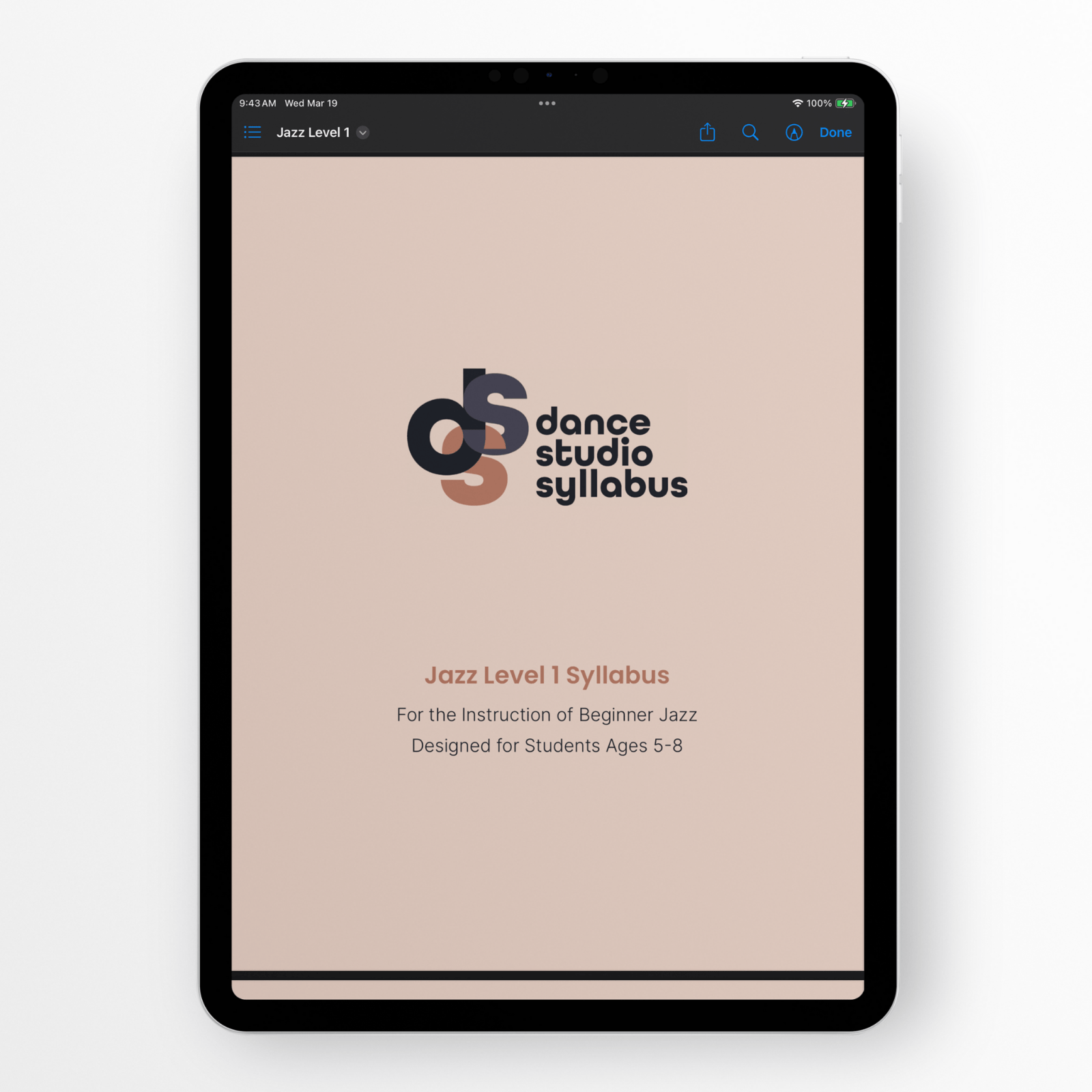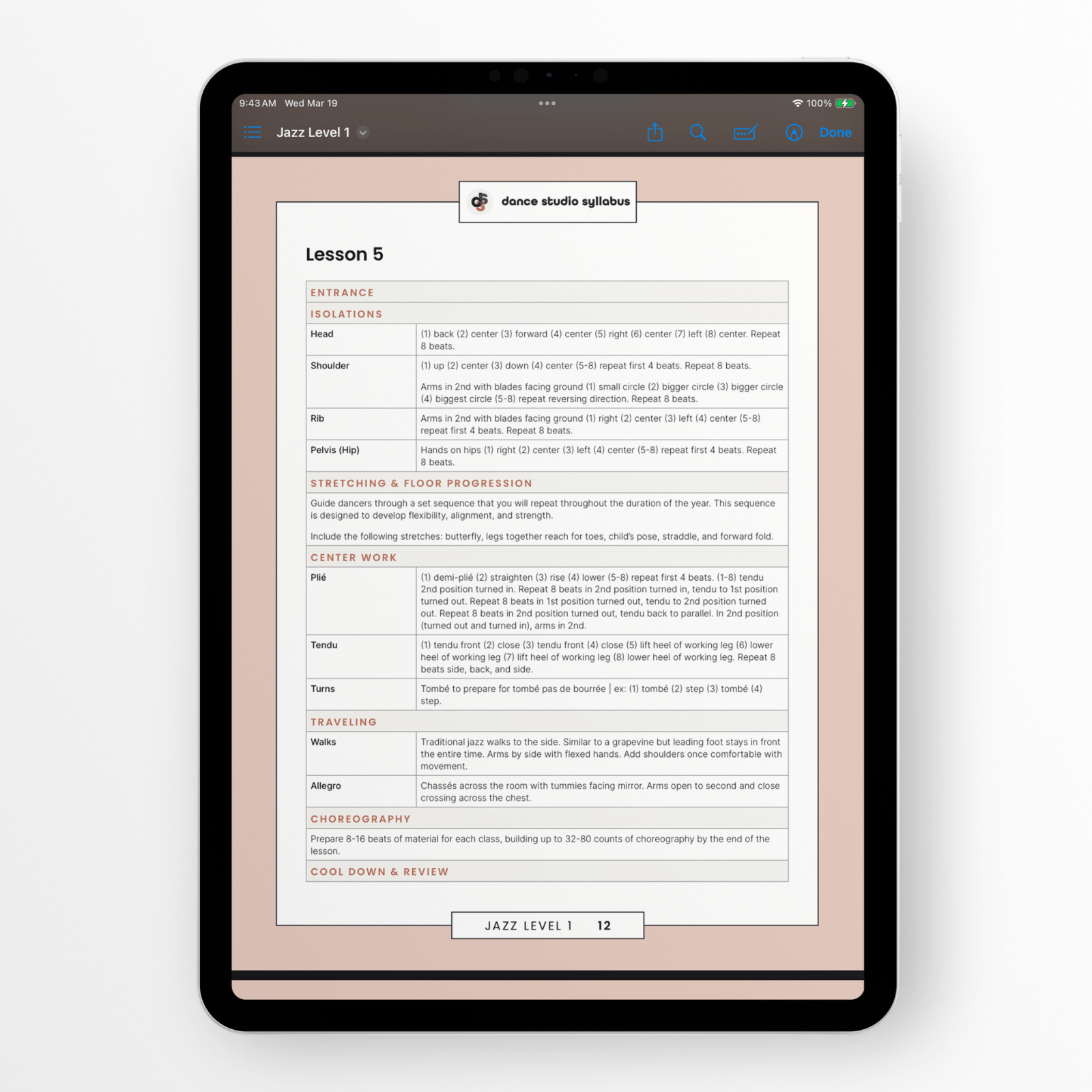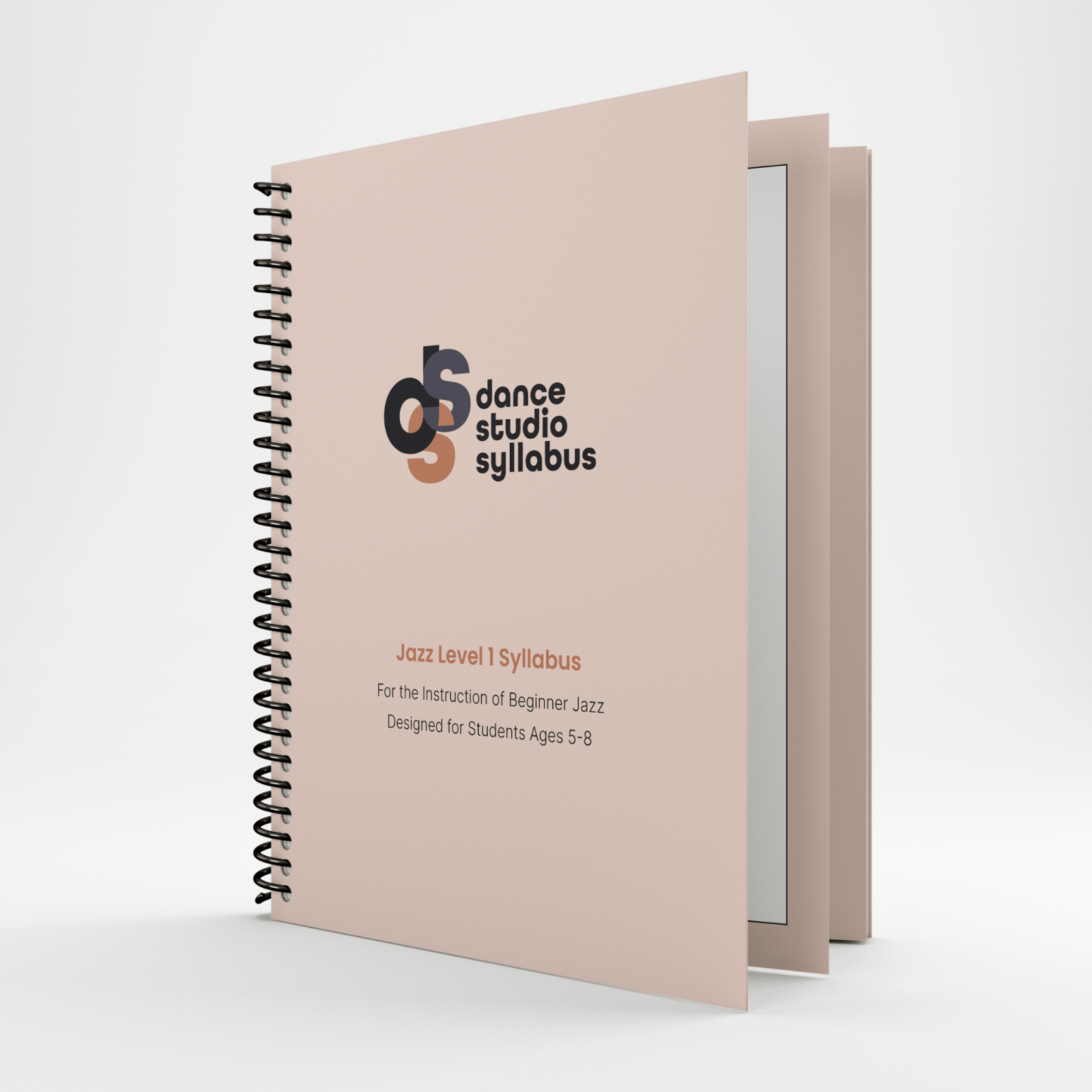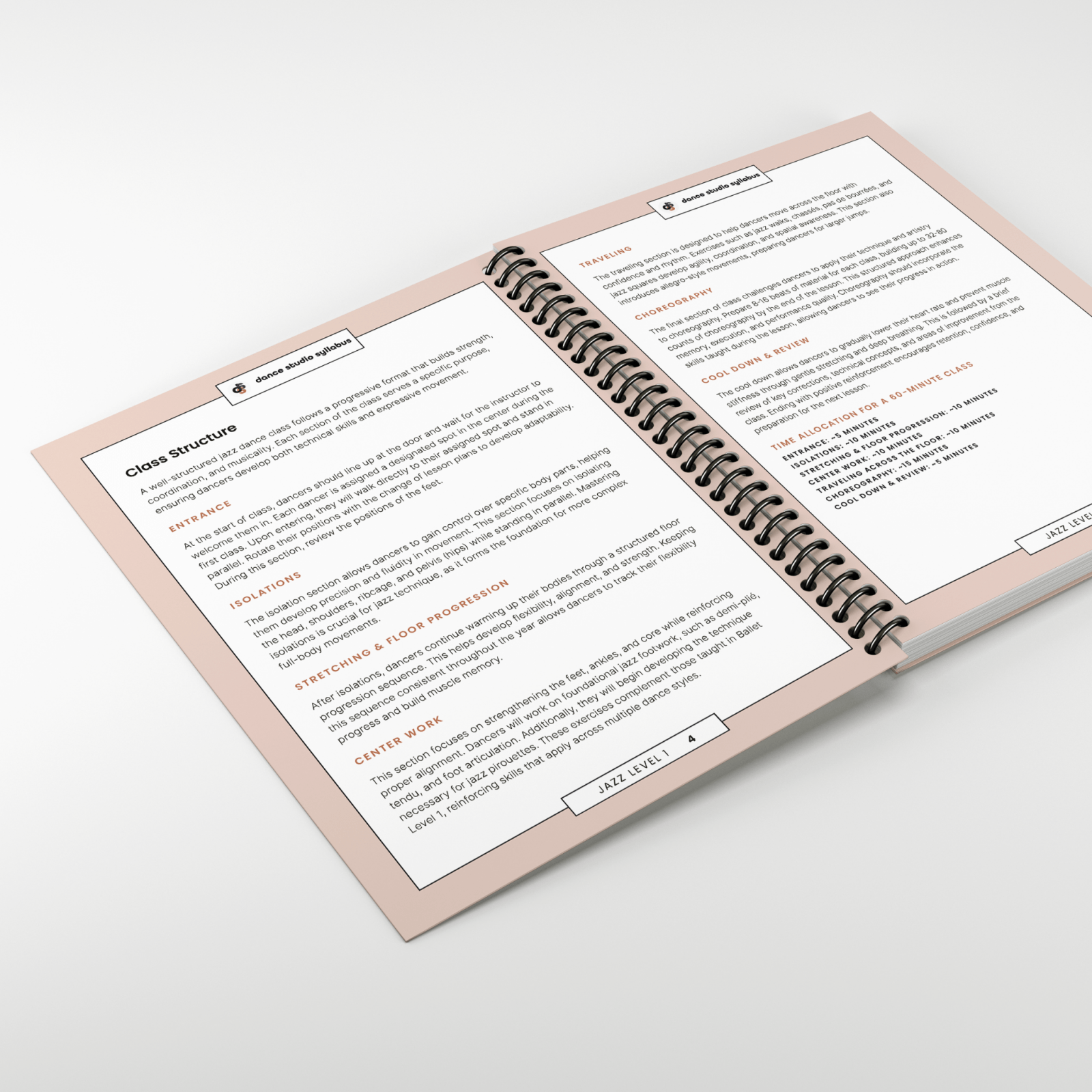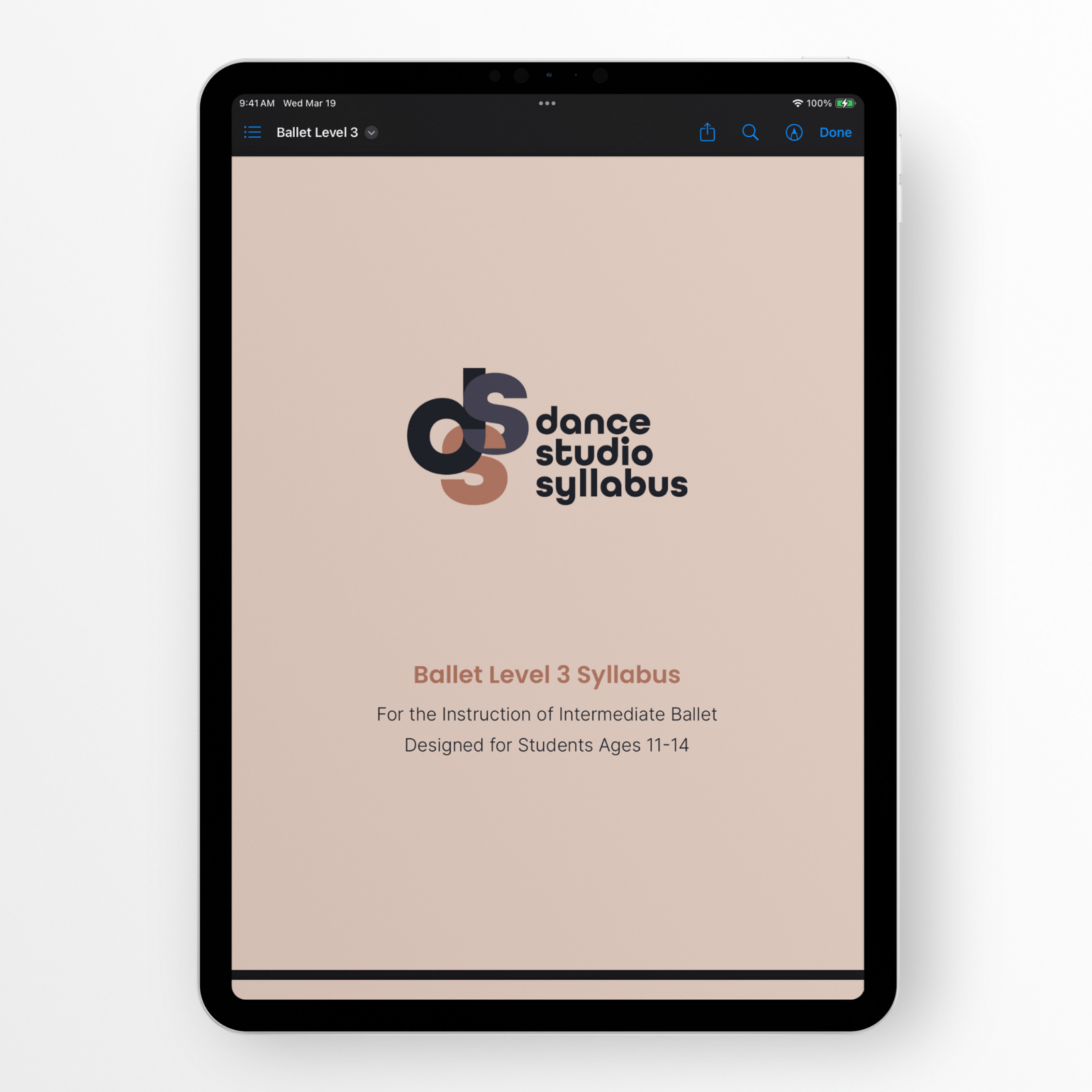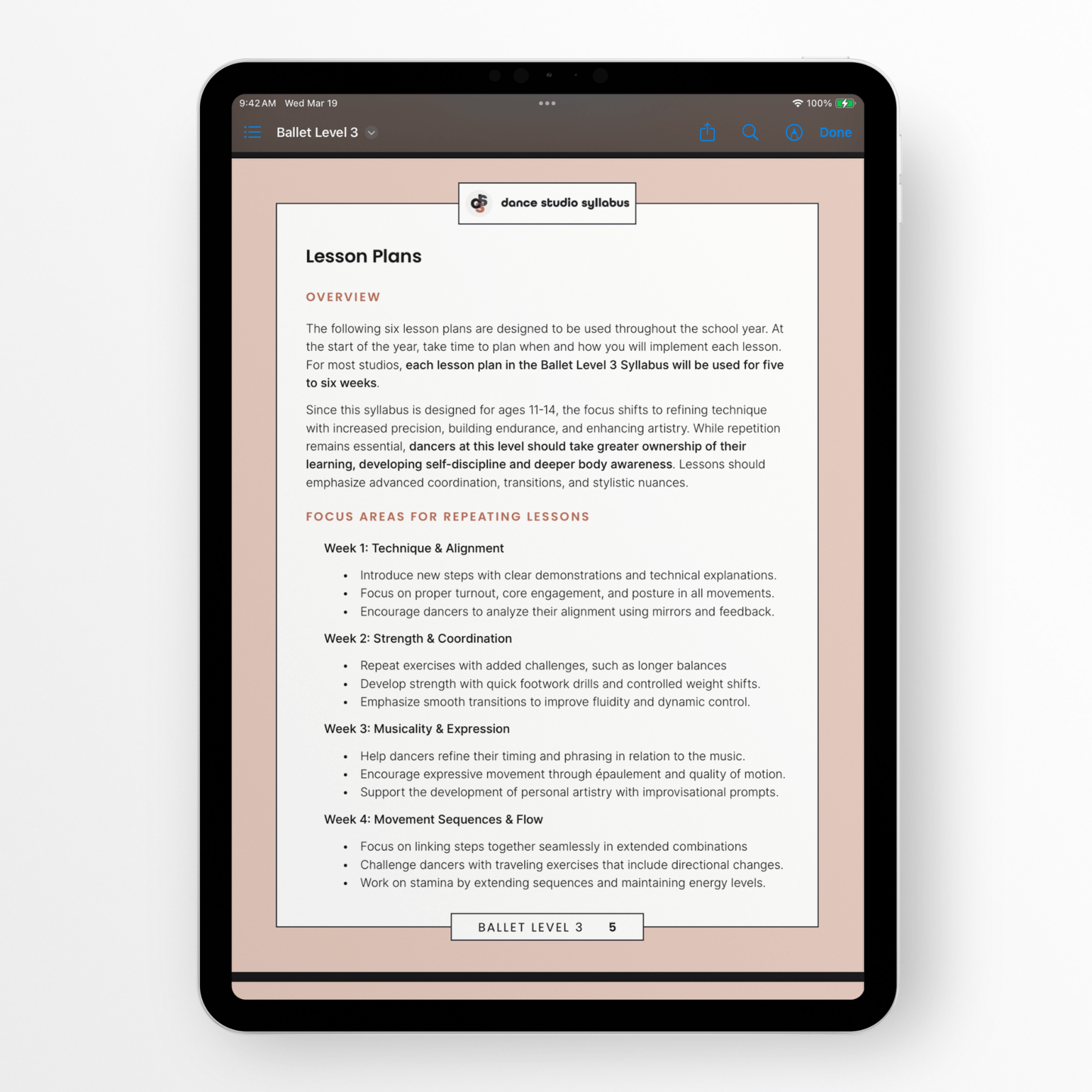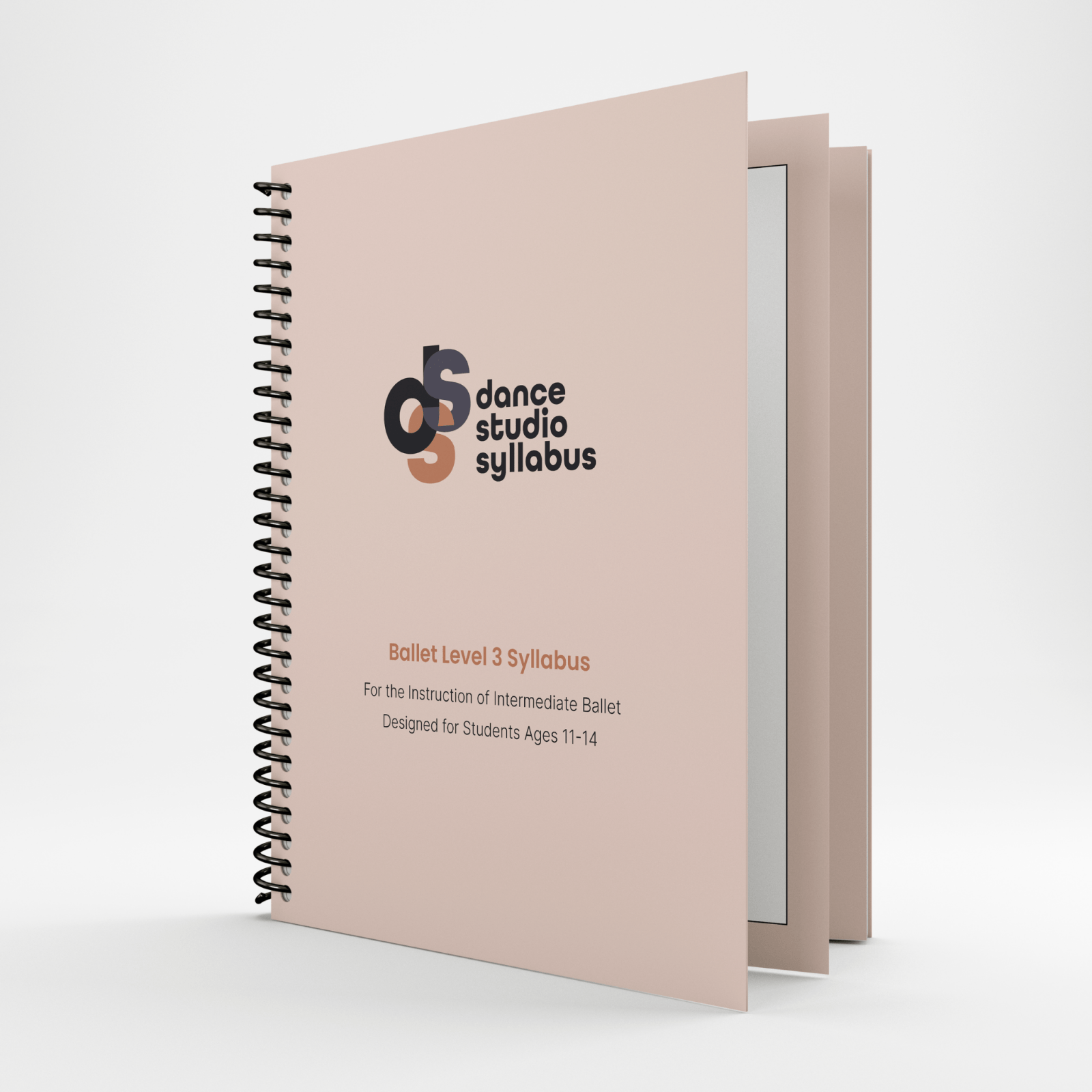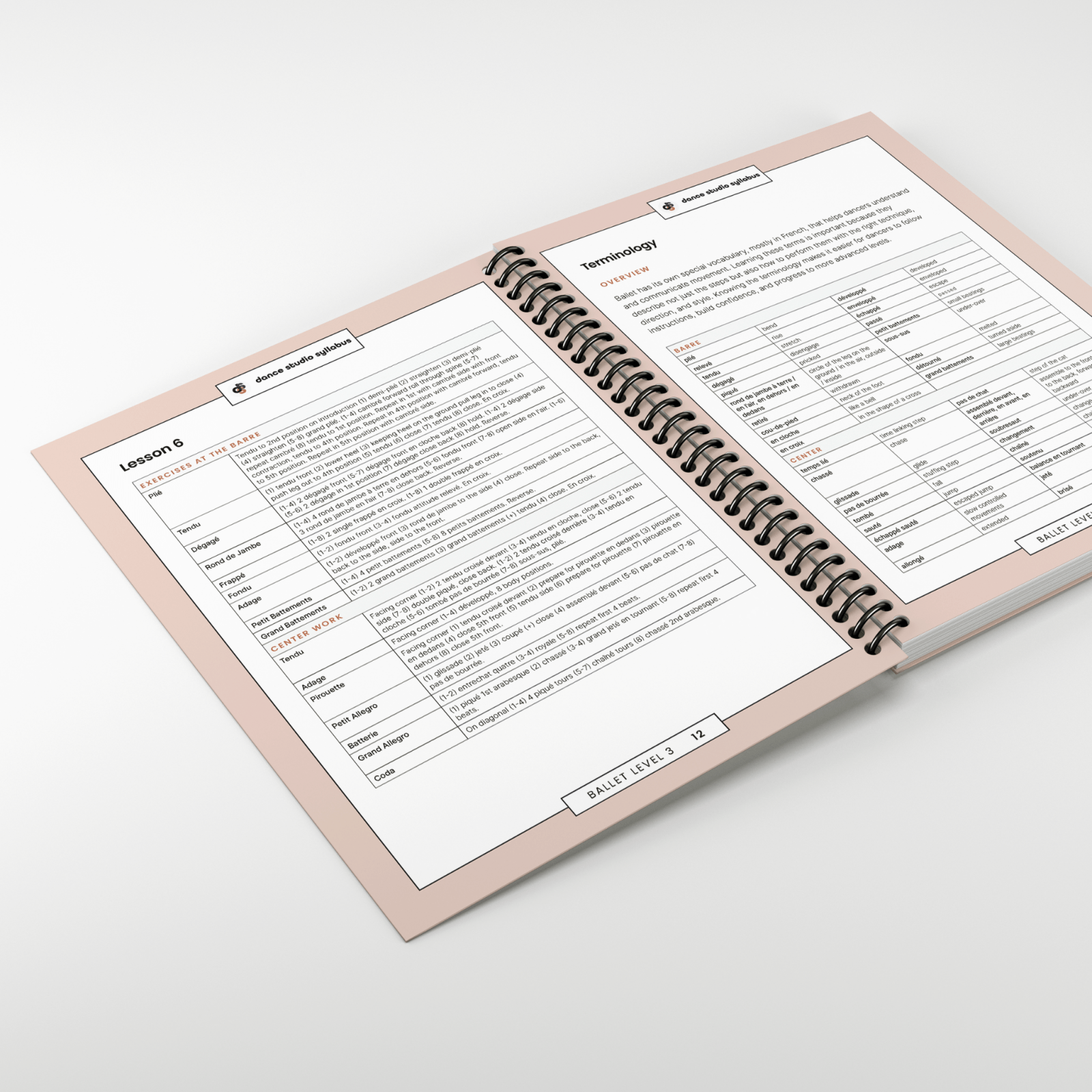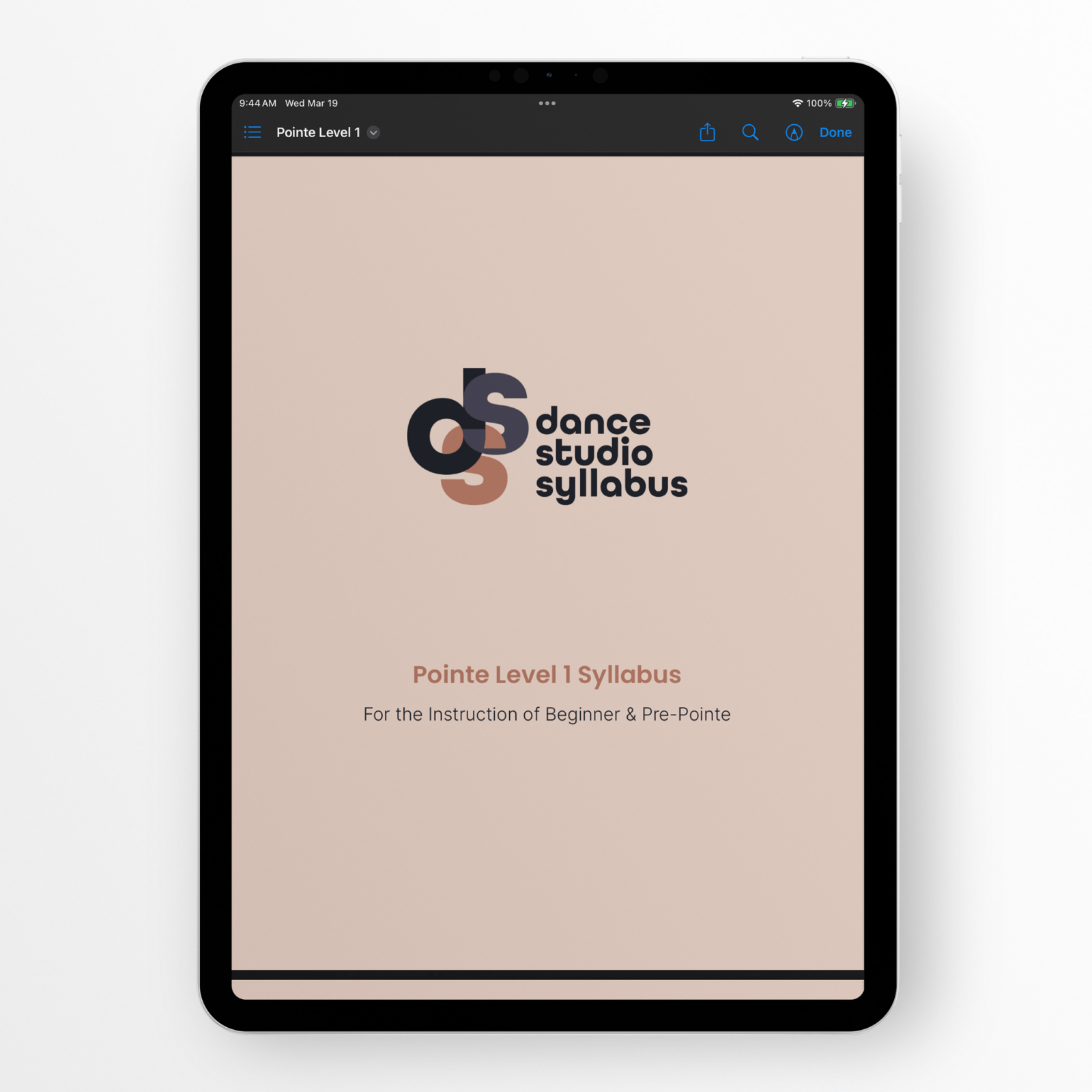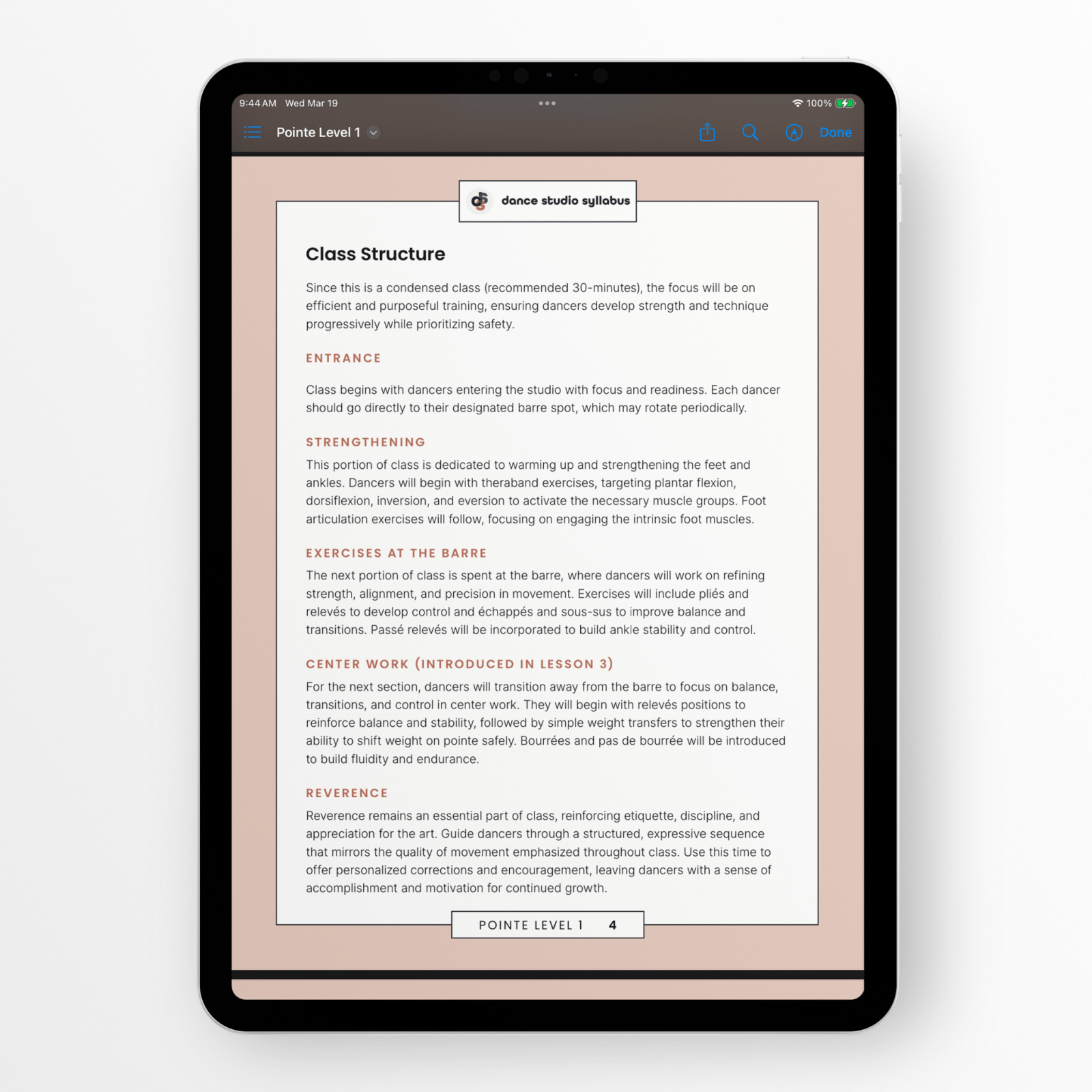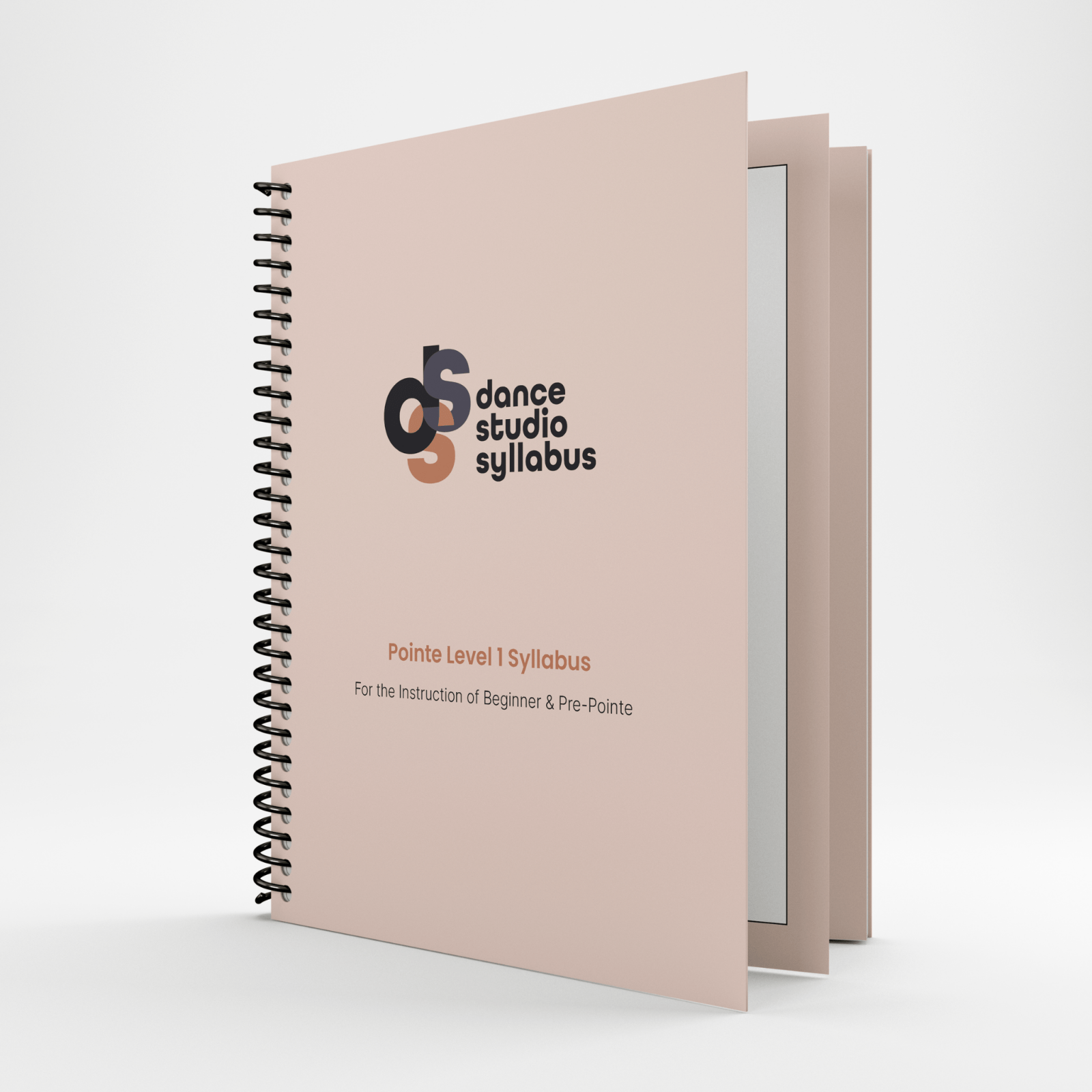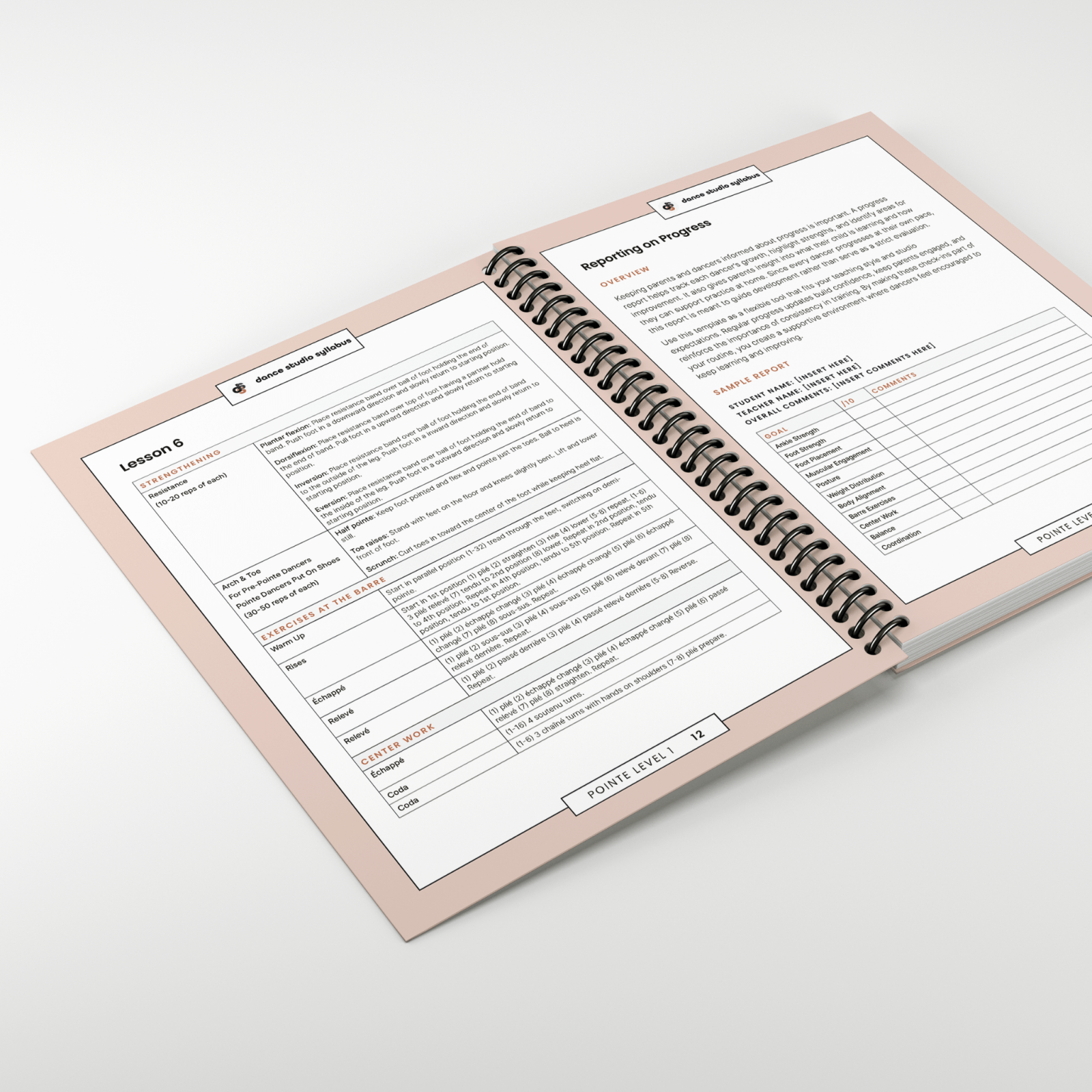A Step-by-Step Guide for Instructors
Teaching dance to beginners is a rewarding yet challenging experience. Whether you’re working with children, teens, or adults, creating a positive and structured learning environment is key to helping new dancers develop confidence, coordination, and a love for movement. In this guide, we’ll explore effective strategies to make your beginner dance classes engaging, productive, and enjoyable.
1. Establish a Welcoming Atmosphere
First impressions matter, especially for beginners who may feel nervous or self-conscious. Greet students warmly and encourage a supportive, judgment-free space. Use positive reinforcement and celebrate small achievements to build their confidence from day one.
2. Focus on the Basics
Beginners need a strong foundation in fundamental dance techniques. Depending on the dance style, introduce key elements such as:
- Posture and Alignment:Teach correct body posture to prevent injuries and improve technique.
- Basic Footwork:Start with simple steps and gradually build complexity.
- Rhythm and Musicality:Help students count beats and move in sync with the music.
3. Use Clear and Simple Instructions
Break down movements into easy-to-follow steps. Use descriptive language and demonstrations to reinforce learning. For example, instead of saying, “Do a pirouette,” try explaining, “Start in a turned-out position, spot your head, and push off your back foot for a controlled spin.”
4. Incorporate Repetition and Drills
Repetition is essential for muscle memory. Plan drills that reinforce key movements while keeping them fun and engaging. For instance, practicing basic turns and leaps across the floor can help students develop strength and control.
5. Choose Appropriate Music
Select music that matches the skill level and energy of your class. Upbeat and familiar tunes can make learning more enjoyable, while slower tempos help when working on precision and technique.
6. Encourage Creativity and Expression
Beyond technique, dance is about self-expression. Incorporate exercises that allow students to interpret music and create their own movements. This boosts confidence and helps them connect emotionally with dance.
7. Provide Constructive Feedback
Offer feedback in a way that motivates students rather than discouraging them. Use the “compliment-suggestion-compliment” approach, such as: “Great energy! Try to keep your shoulders relaxed. Your footwork is really improving!”
8. Adapt to Different Learning Styles
Not all students learn the same way. Some may respond best to visual demonstrations, while others need verbal explanations or hands-on guidance. Being flexible in your teaching approach ensures that all students progress effectively.
9. Keep Classes Fun and Engaging
A positive experience will keep students coming back. Use interactive games, partner work, or short choreography challenges to make lessons more dynamic and enjoyable.
10. Celebrate Progress and Set Goals
Acknowledge each student’s improvement, no matter how small. Setting individual and group goals helps students stay motivated and gives them something to work toward.
Final Thoughts
Teaching dance to beginners requires patience, encouragement, and a structured approach. By creating a supportive atmosphere, focusing on fundamentals, and making learning fun, you can inspire students to develop a lifelong love for dance.
Are you an instructor looking for structured dance materials to enhance your beginner classes? Explore our comprehensive dance syllabi to guide your students from their first step to confident performances!
